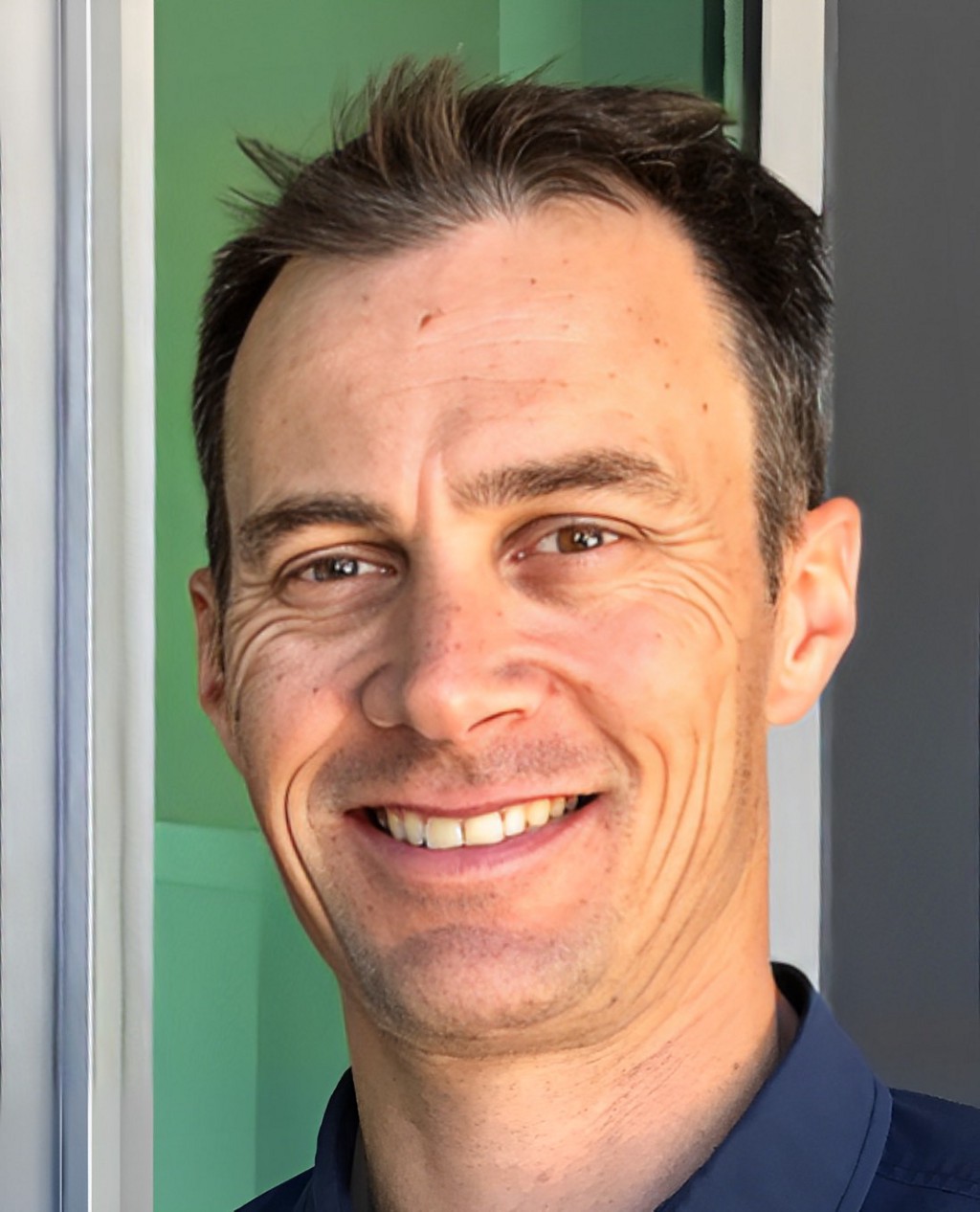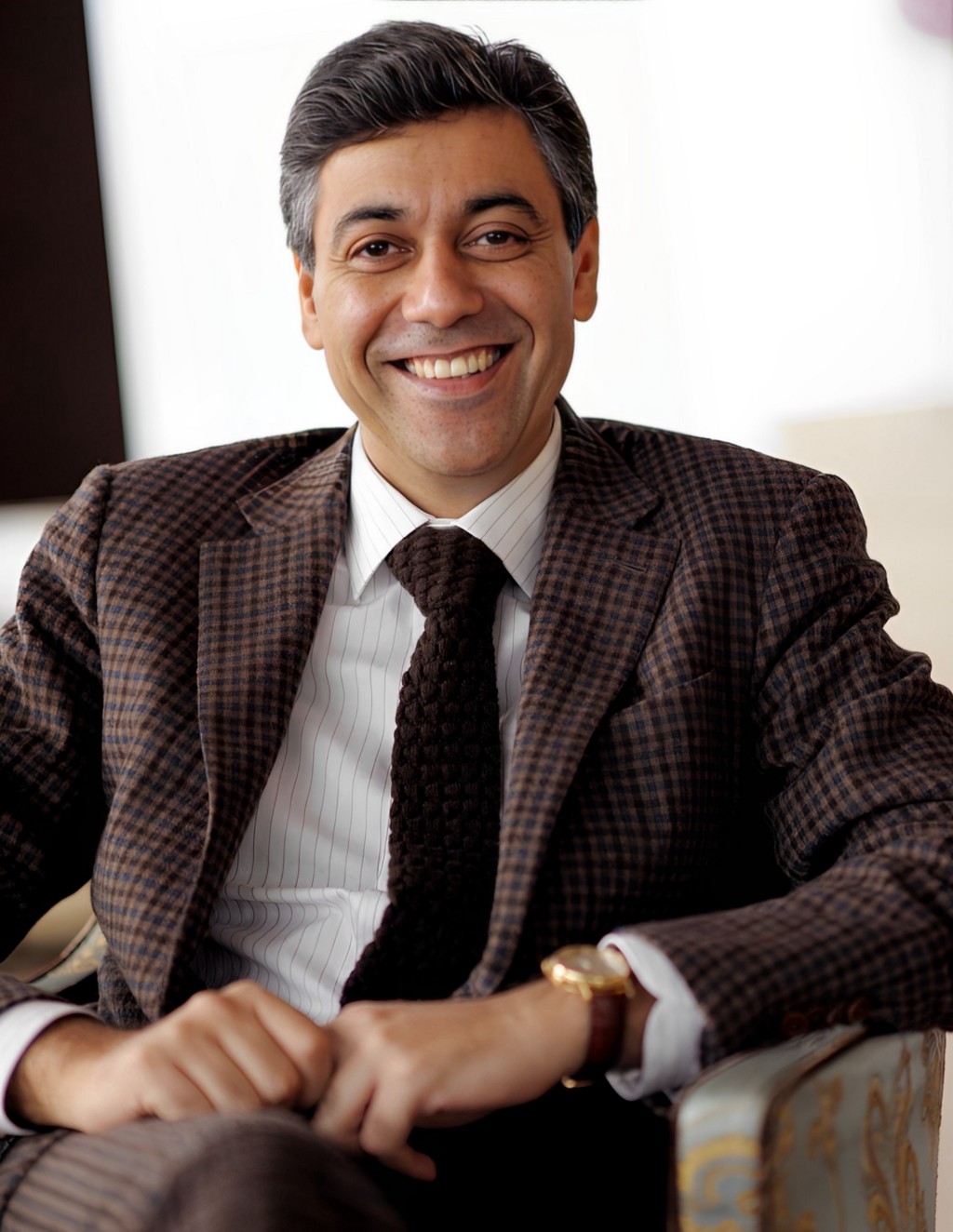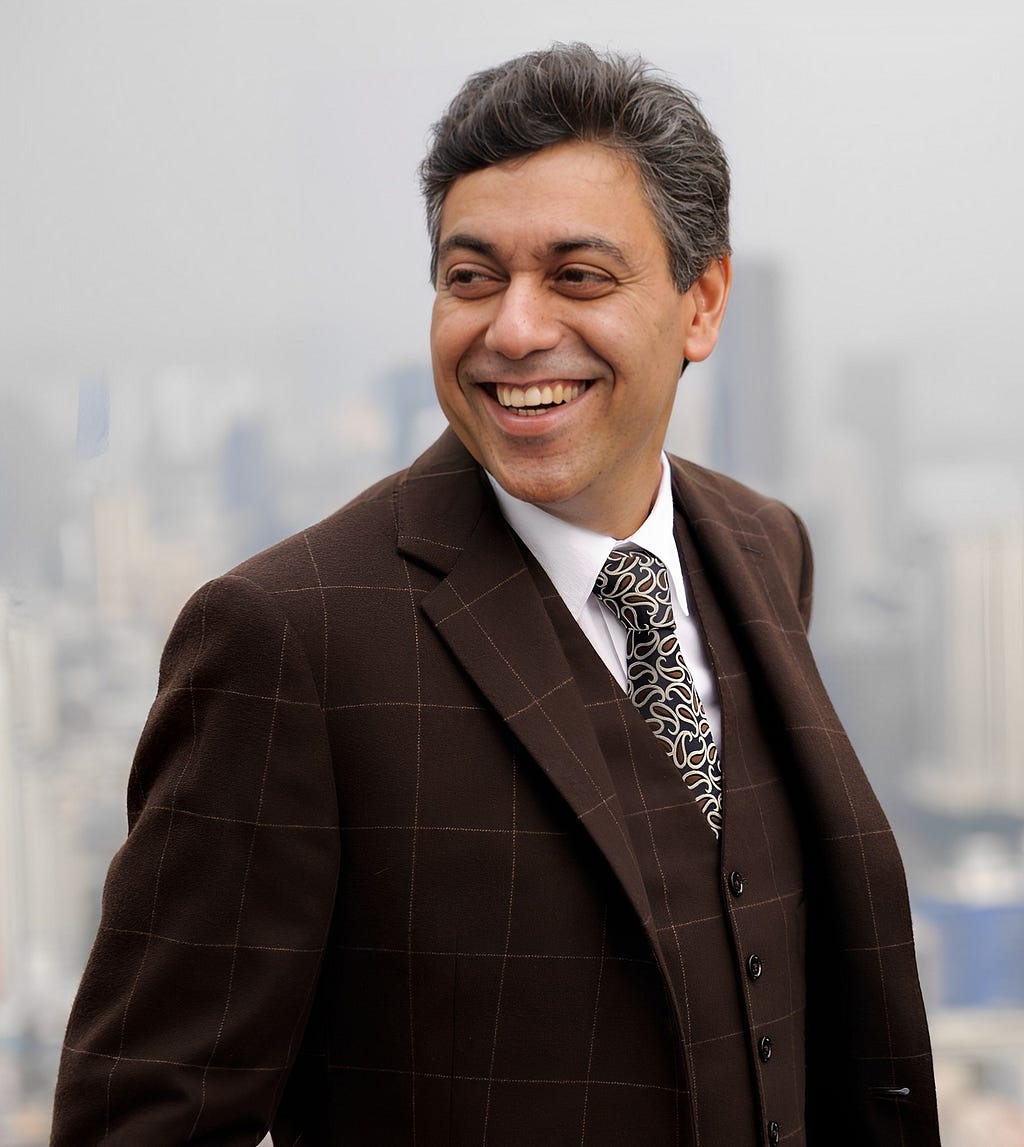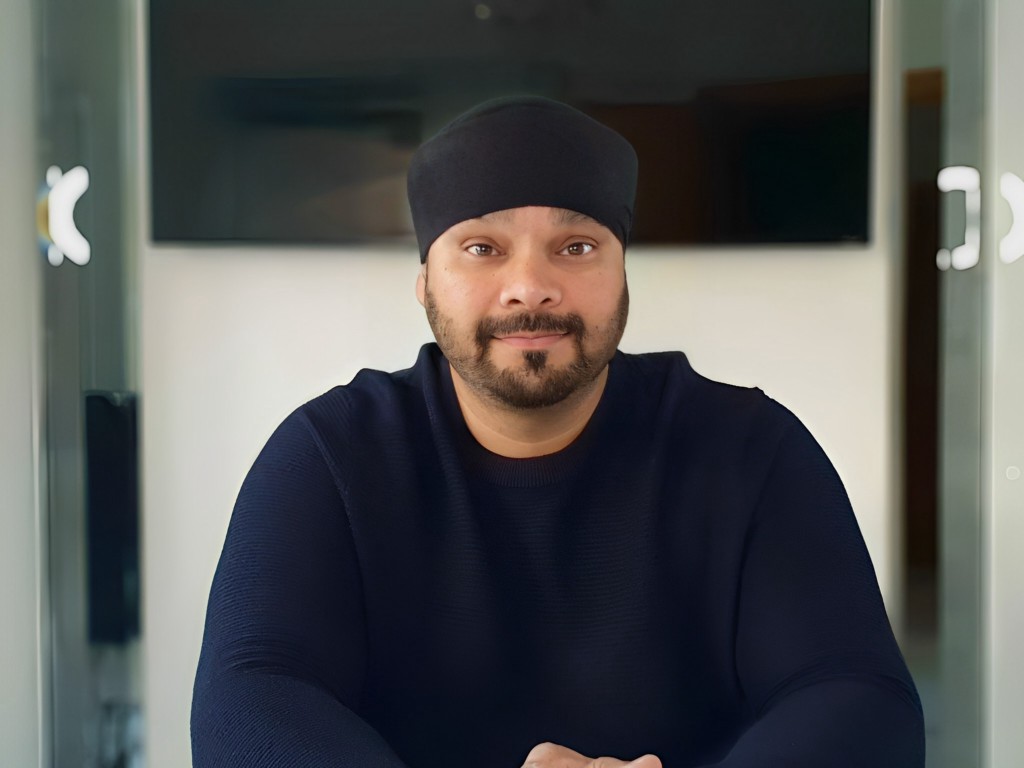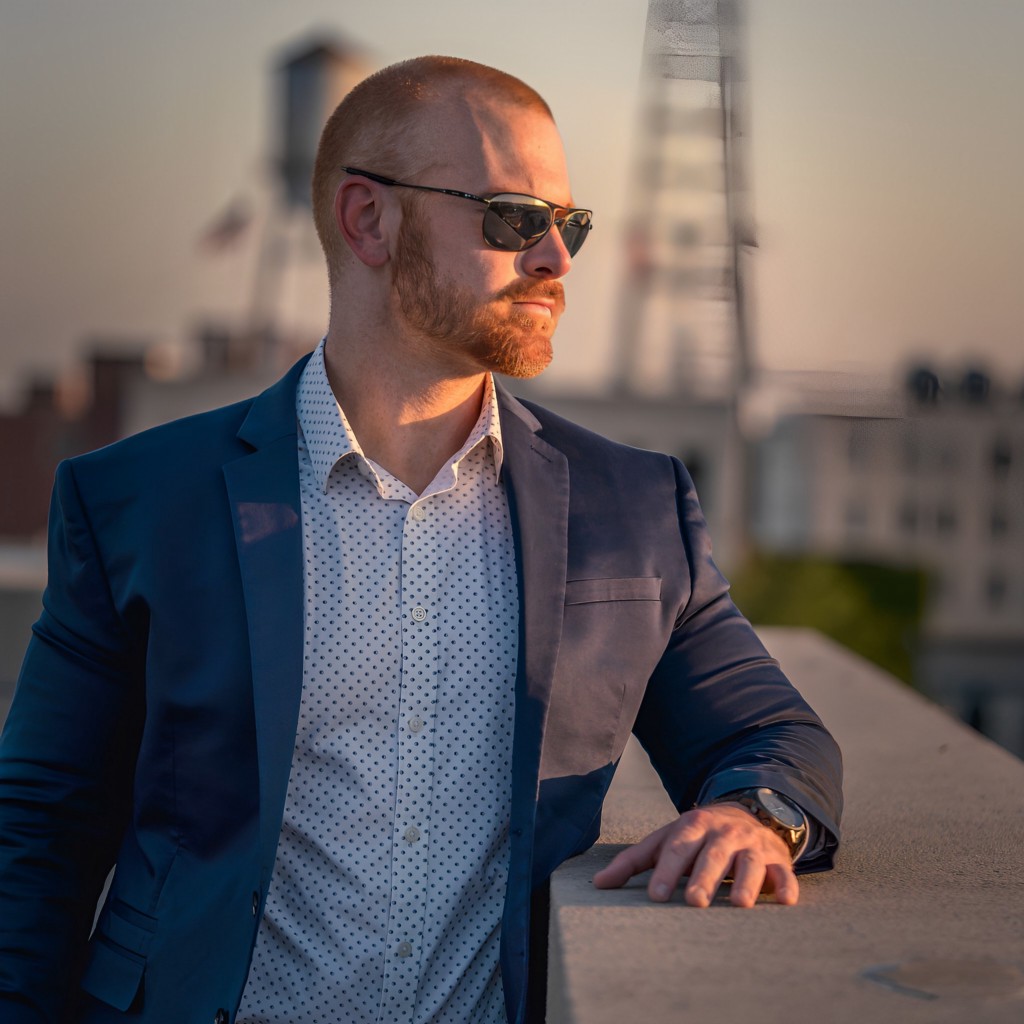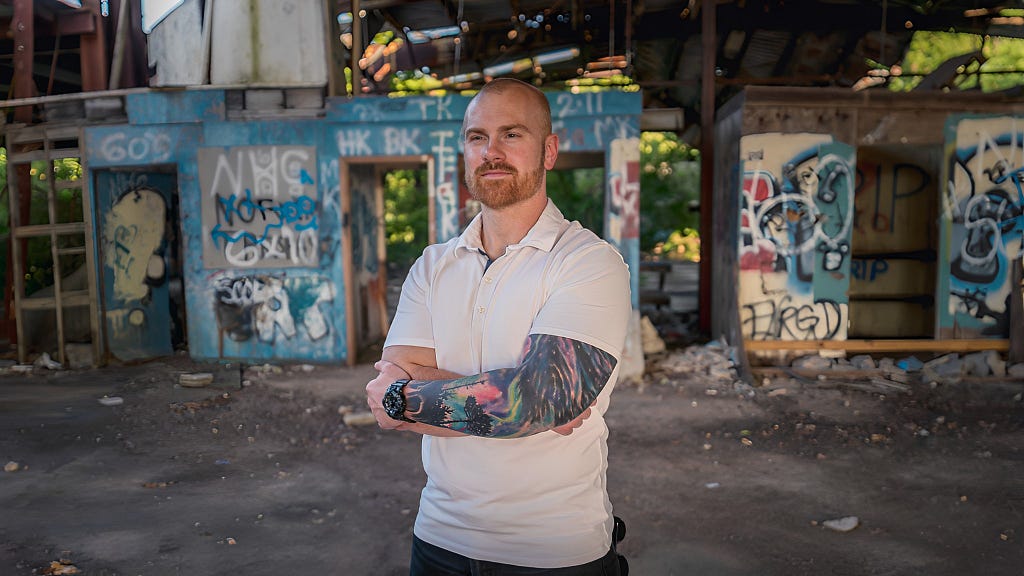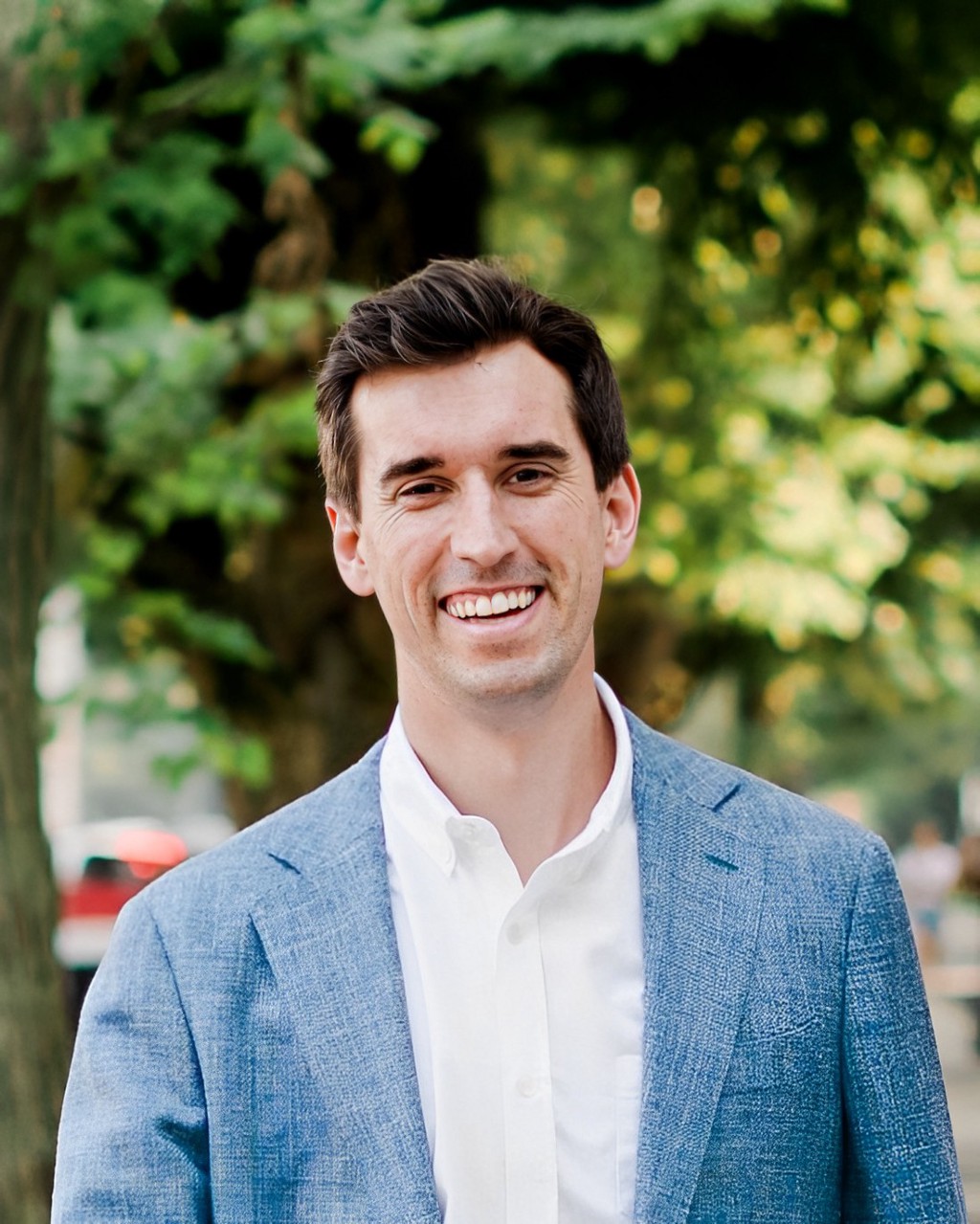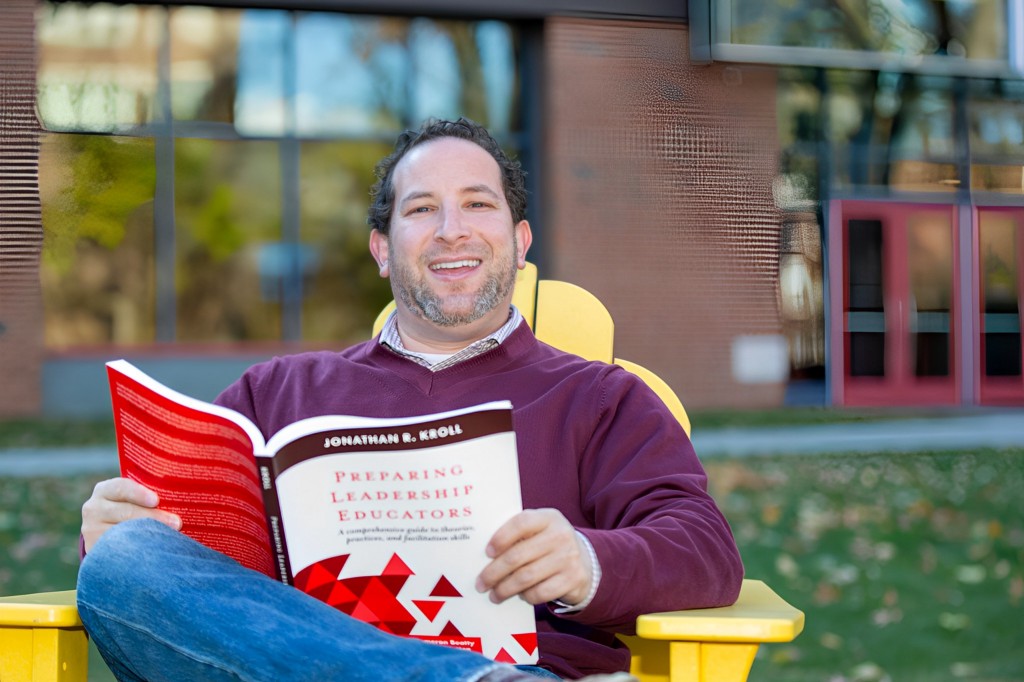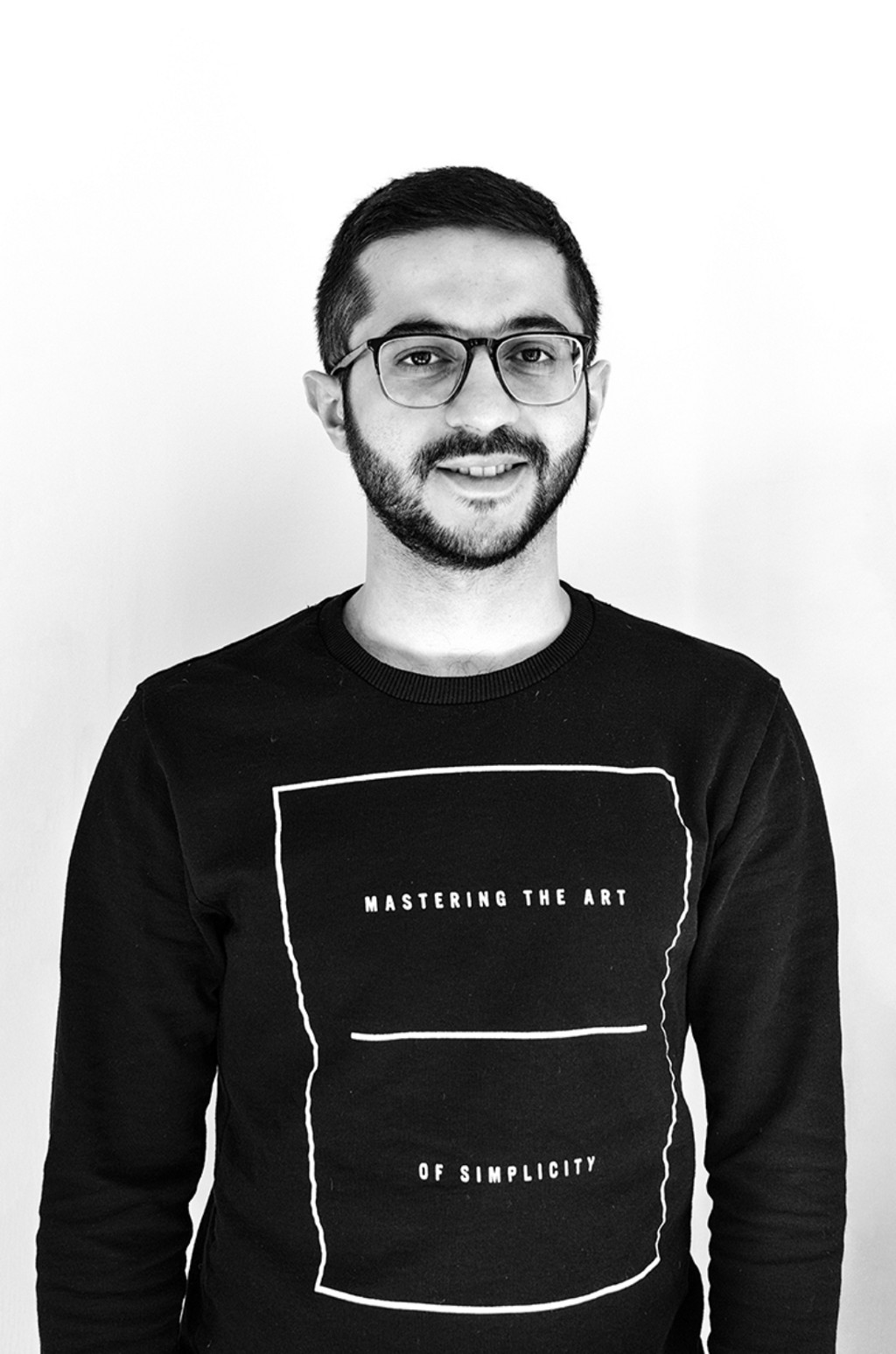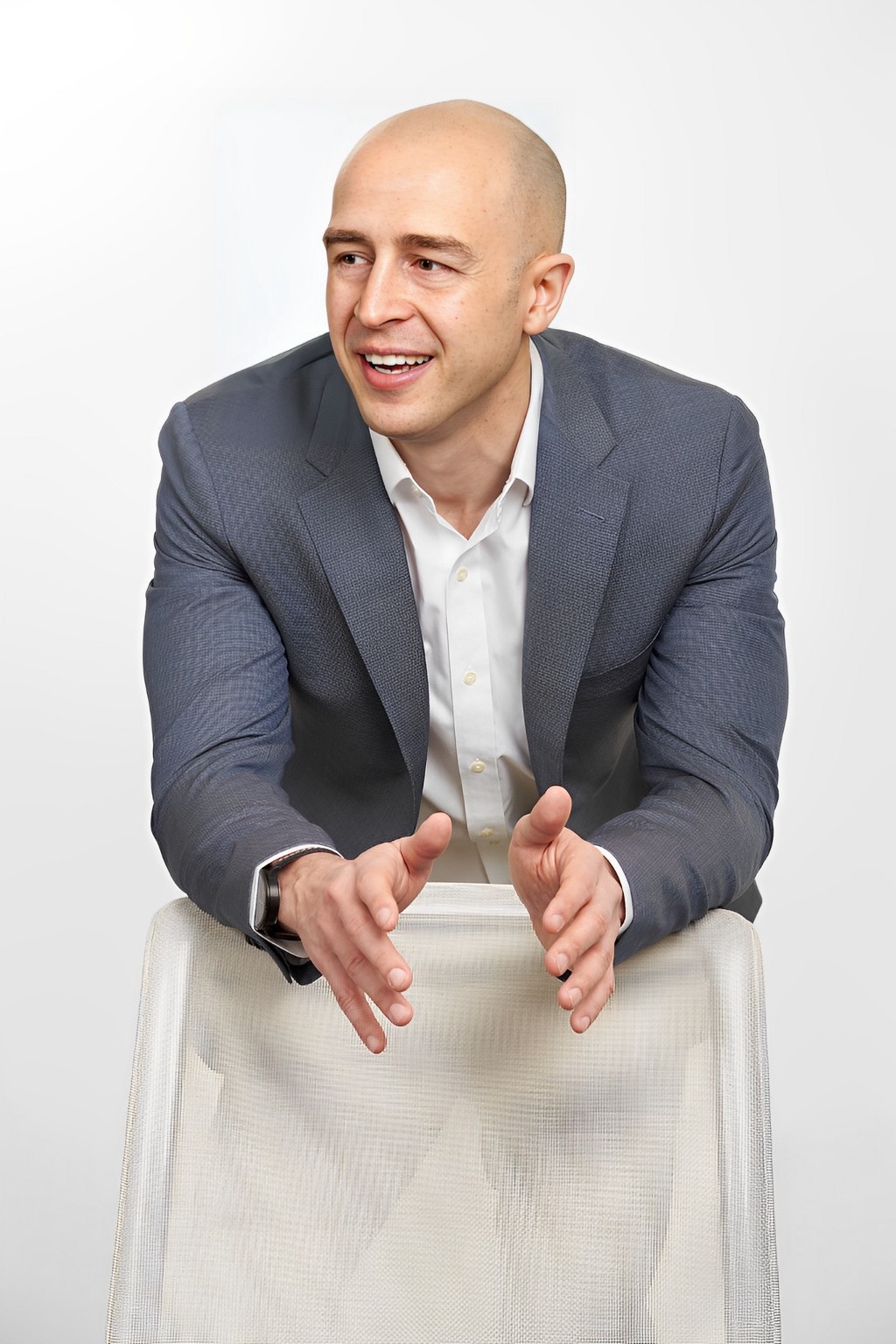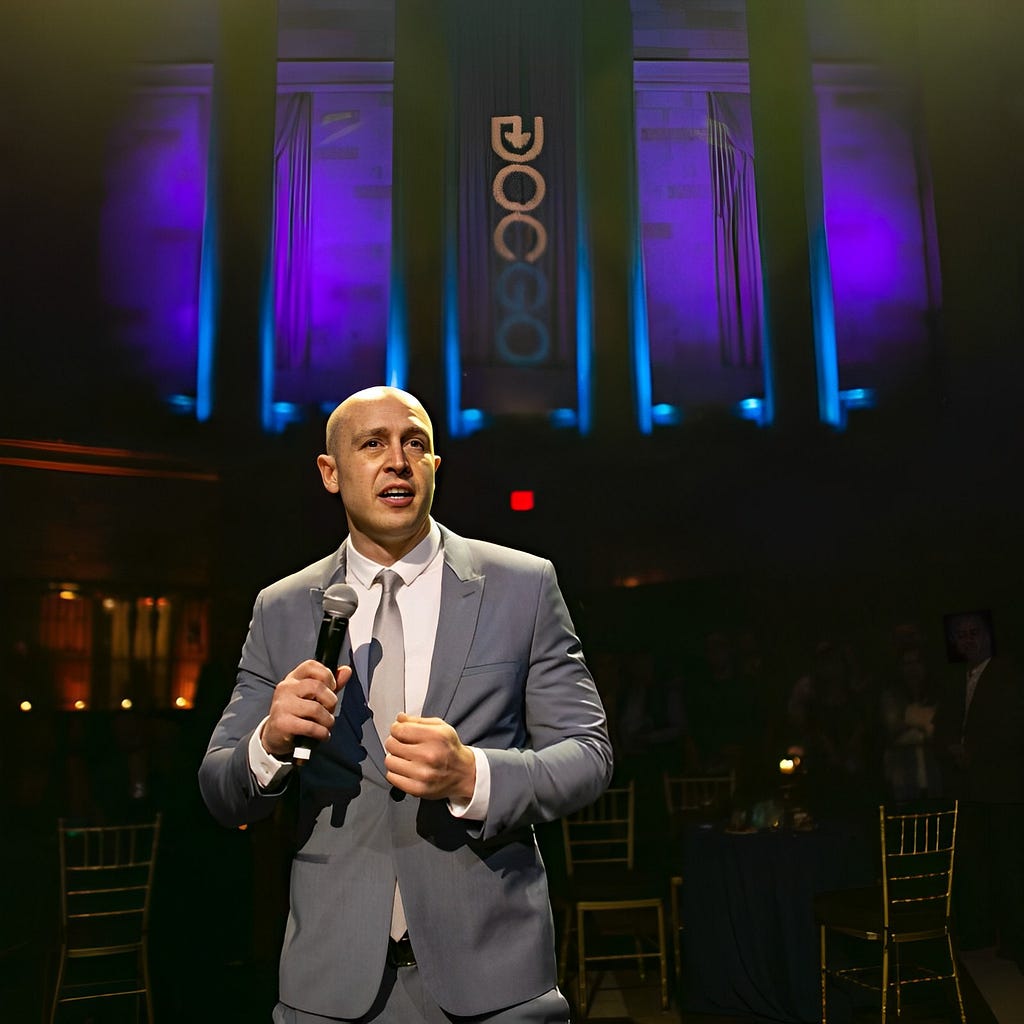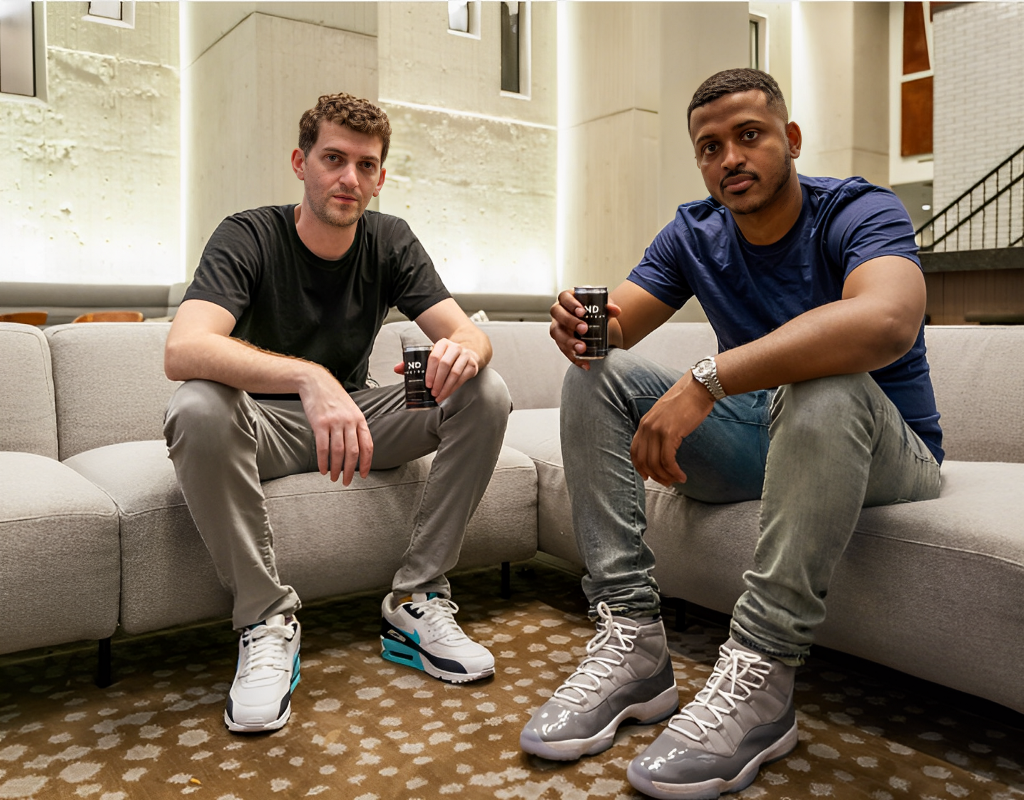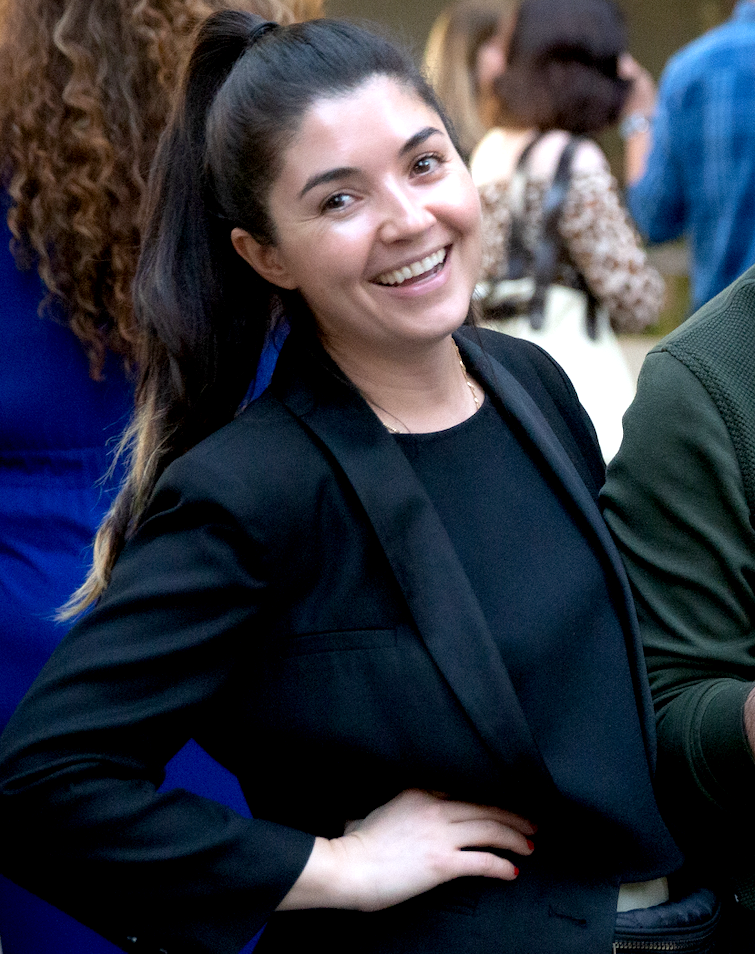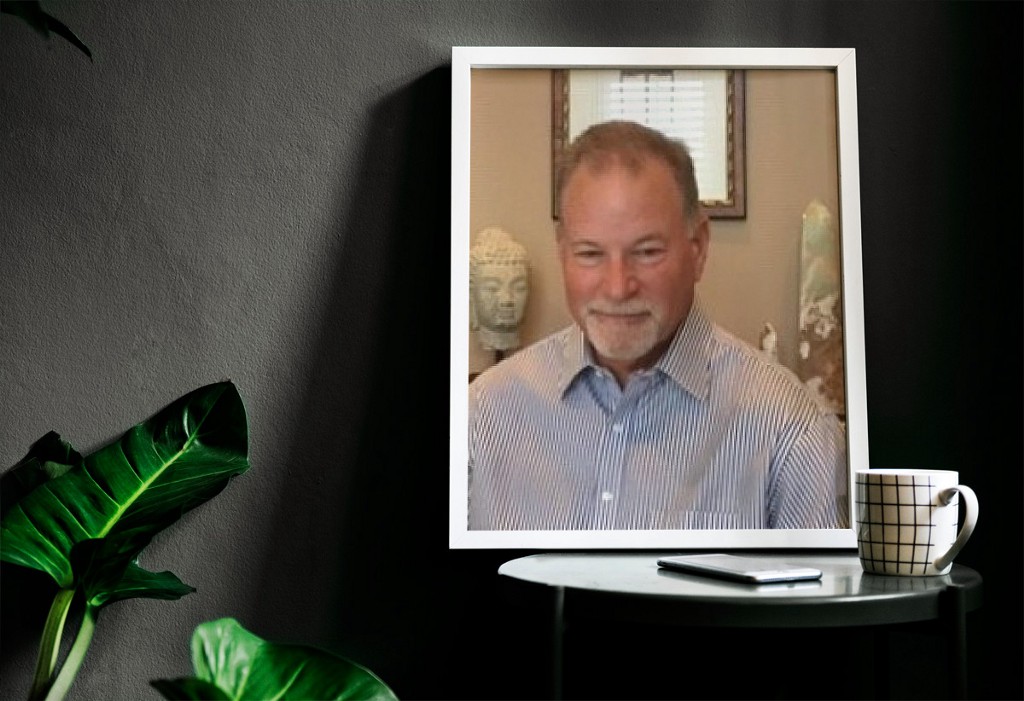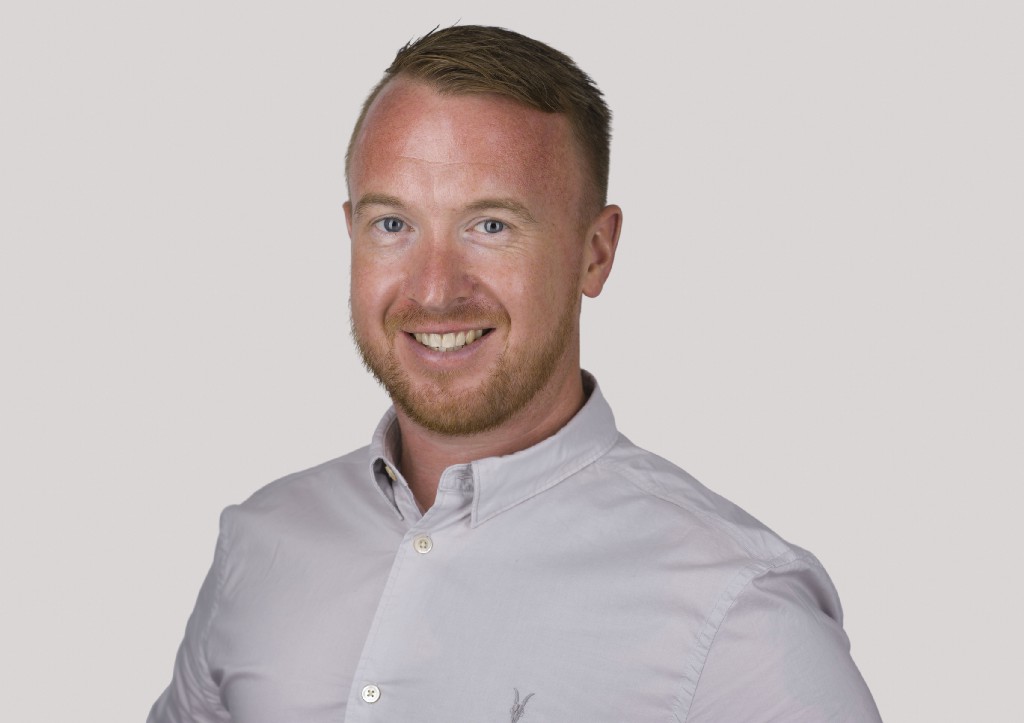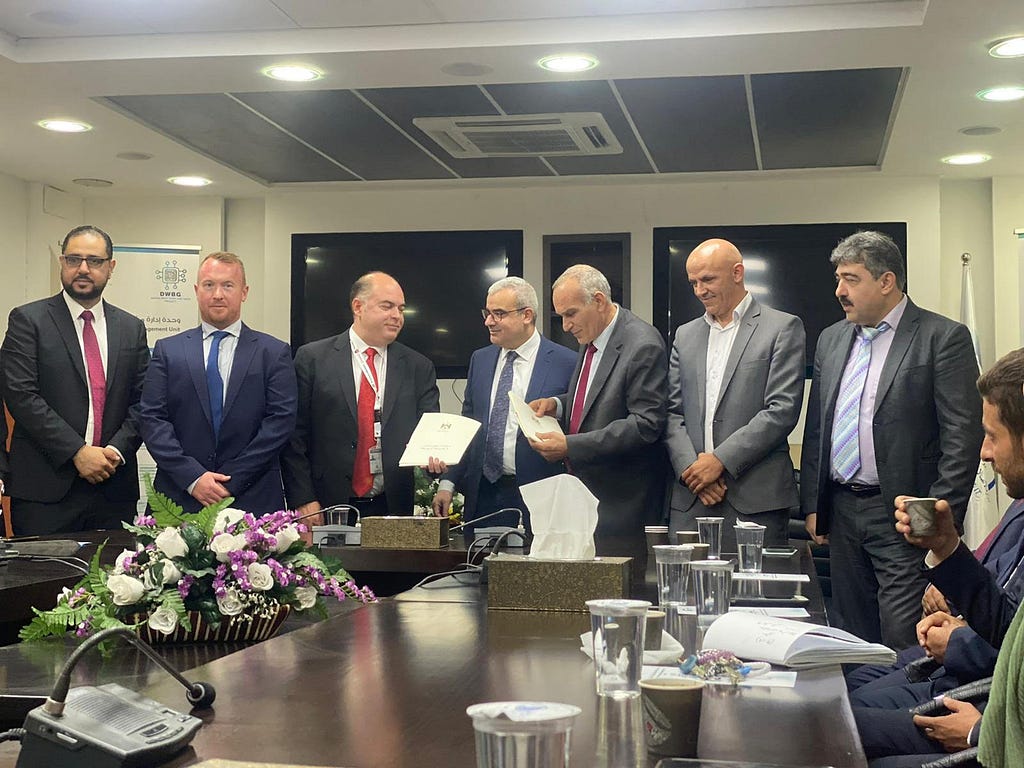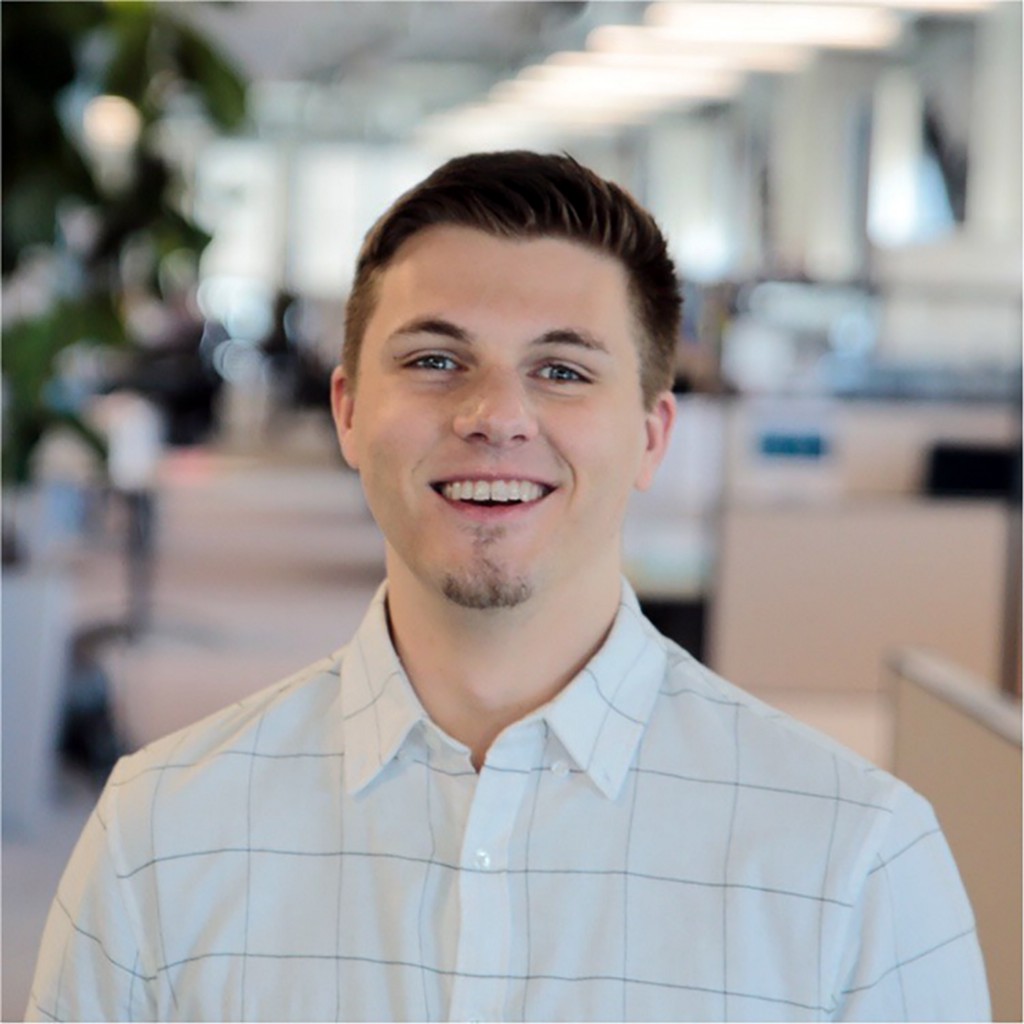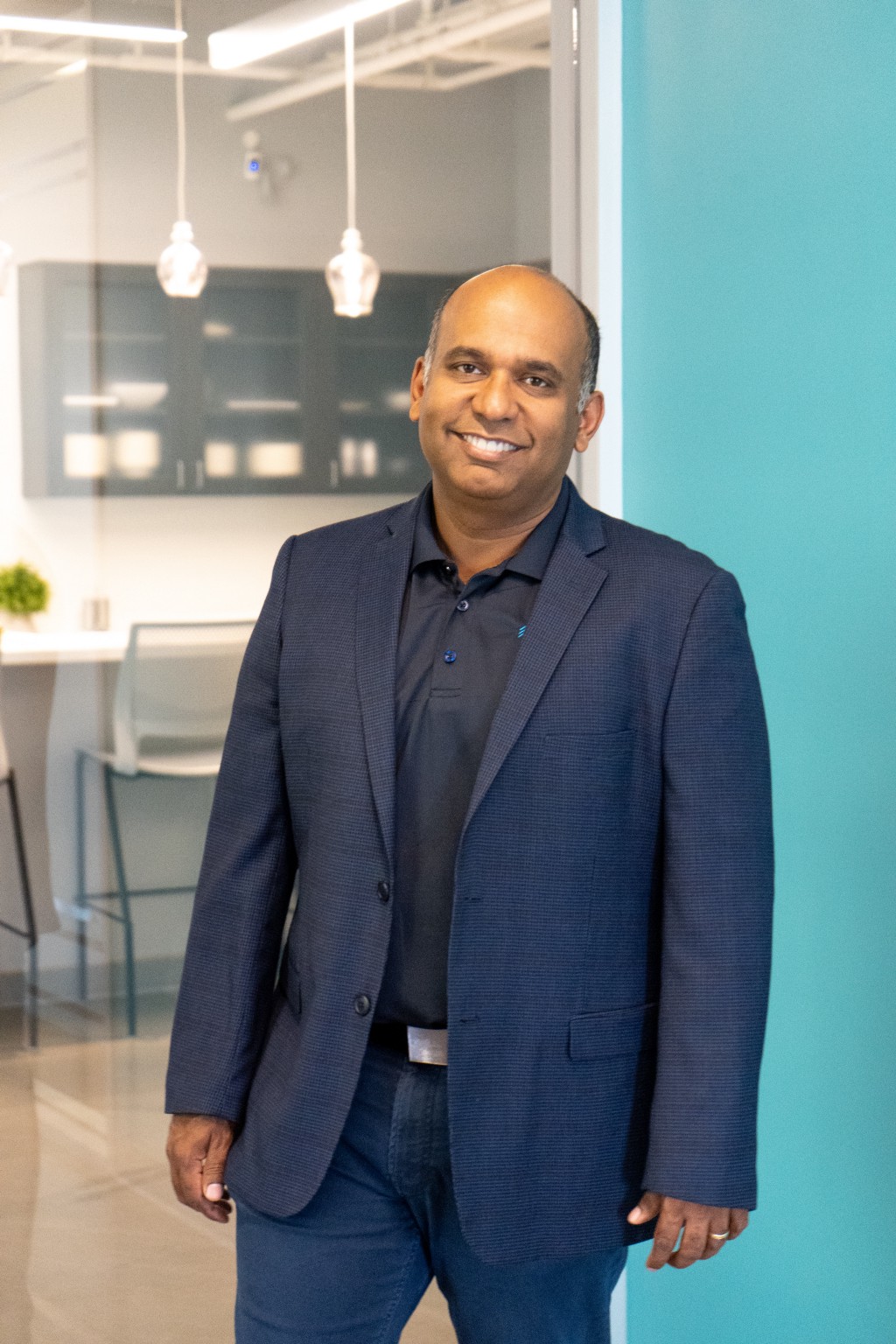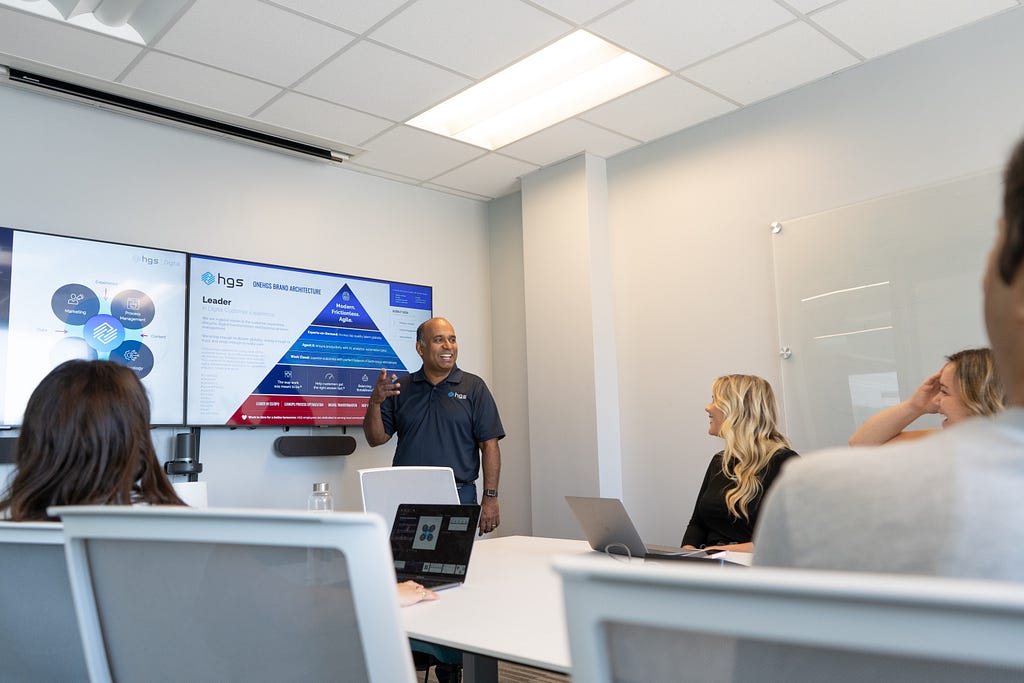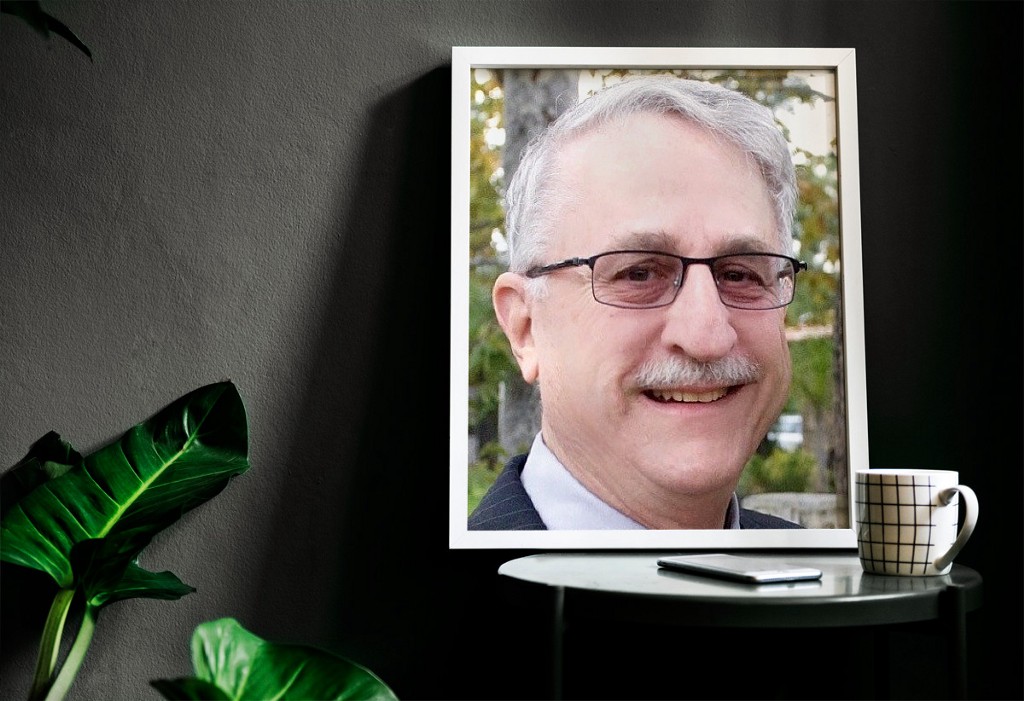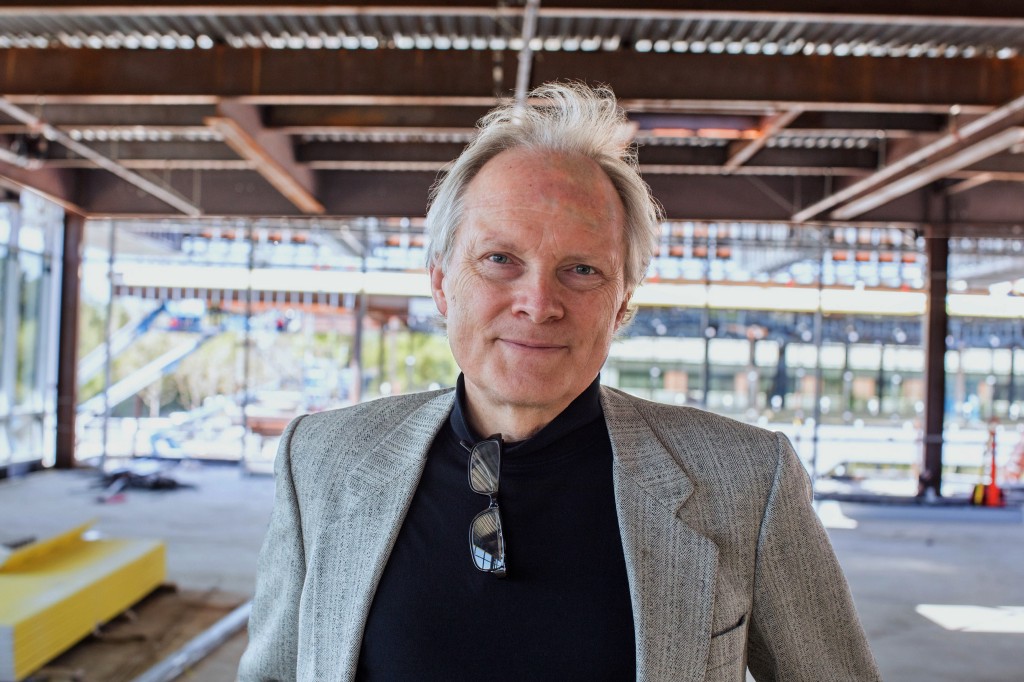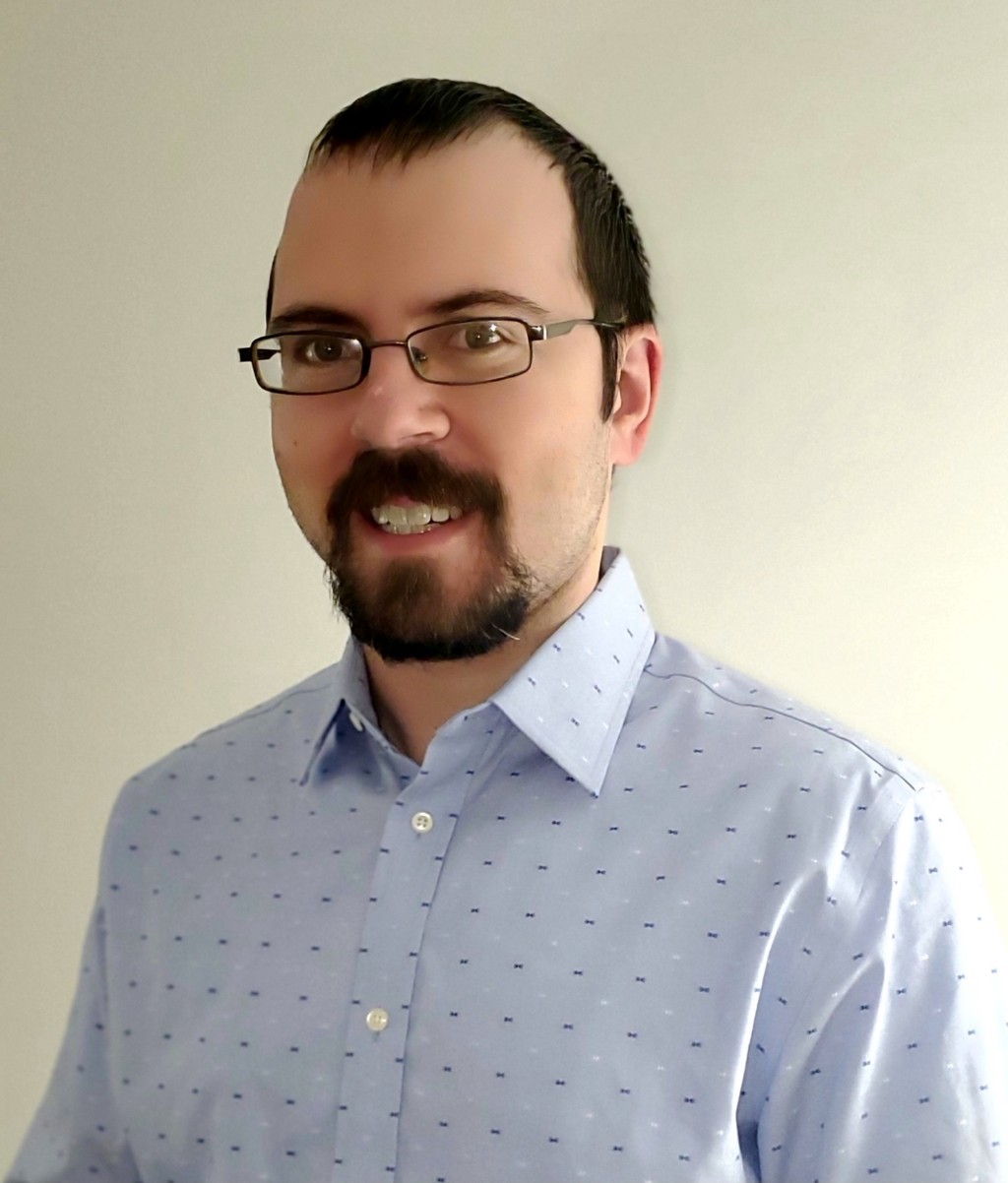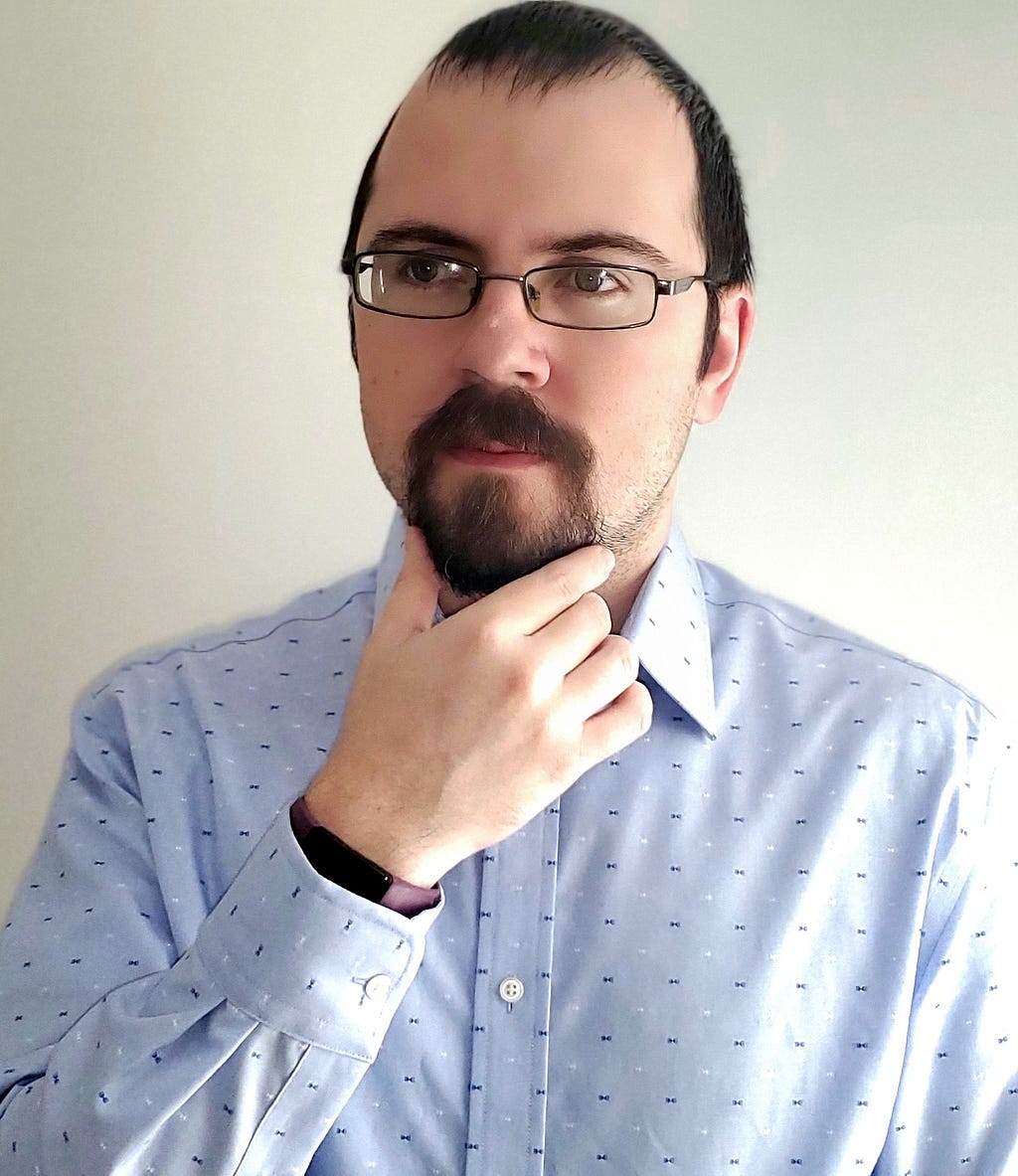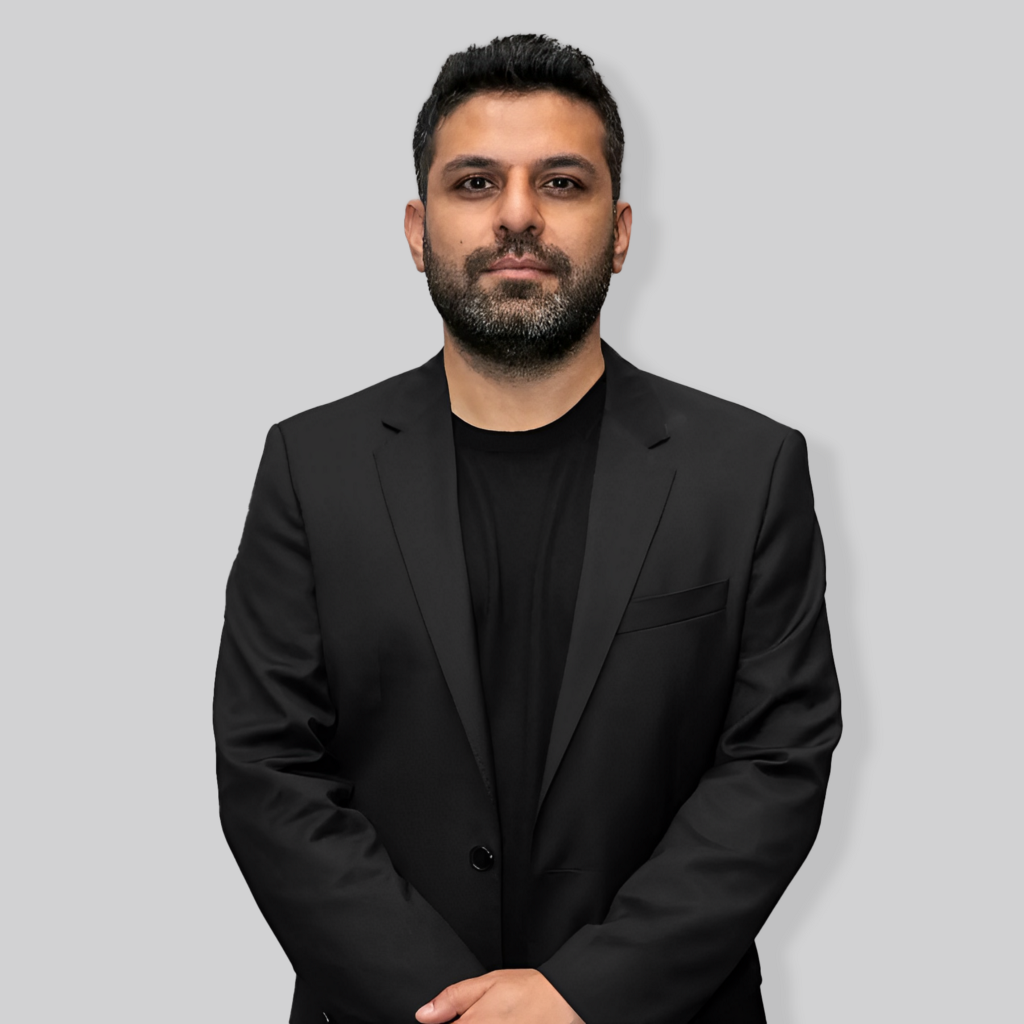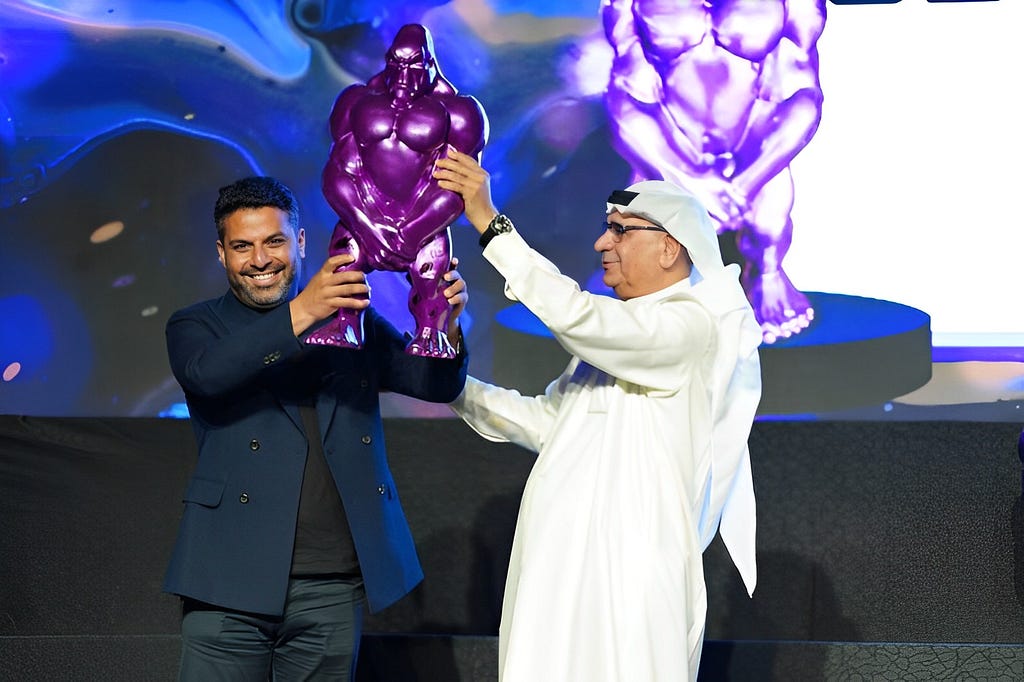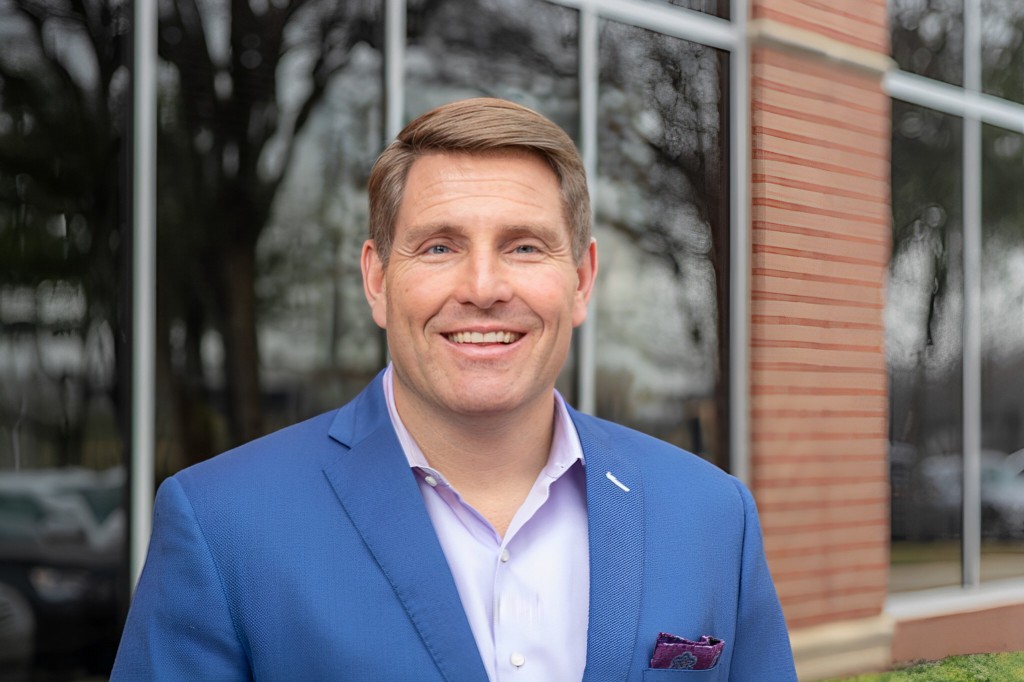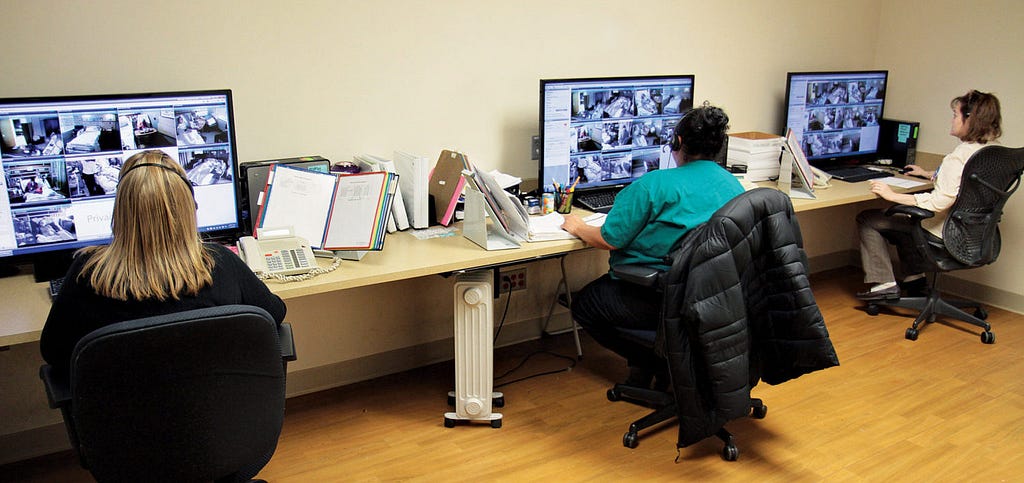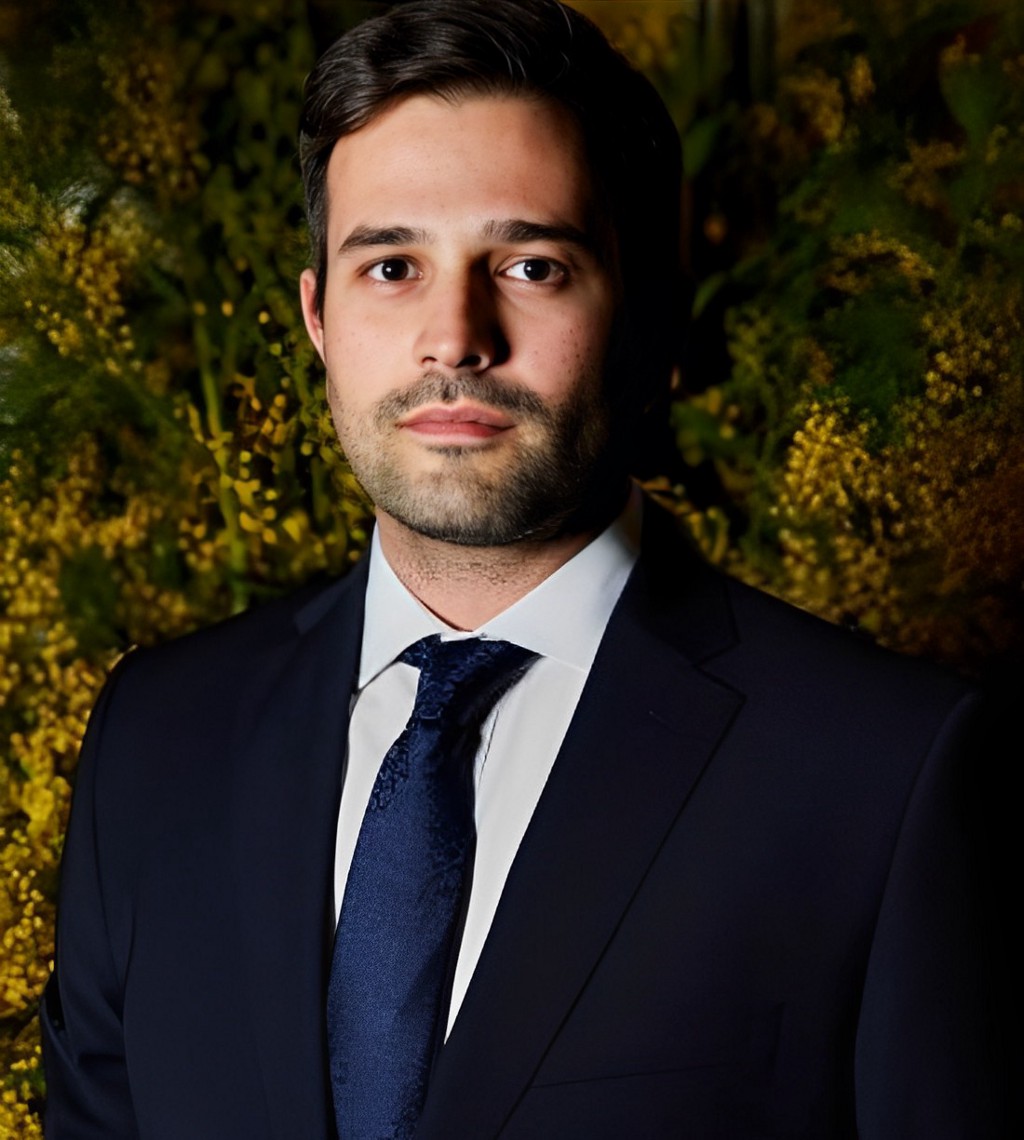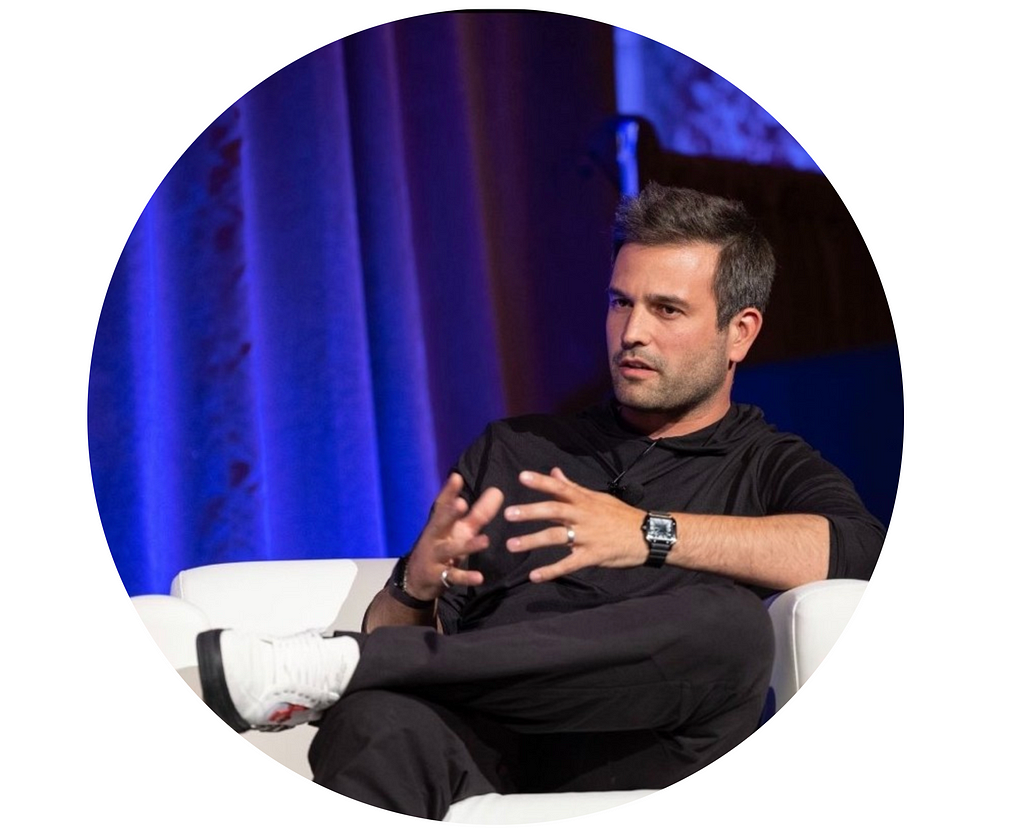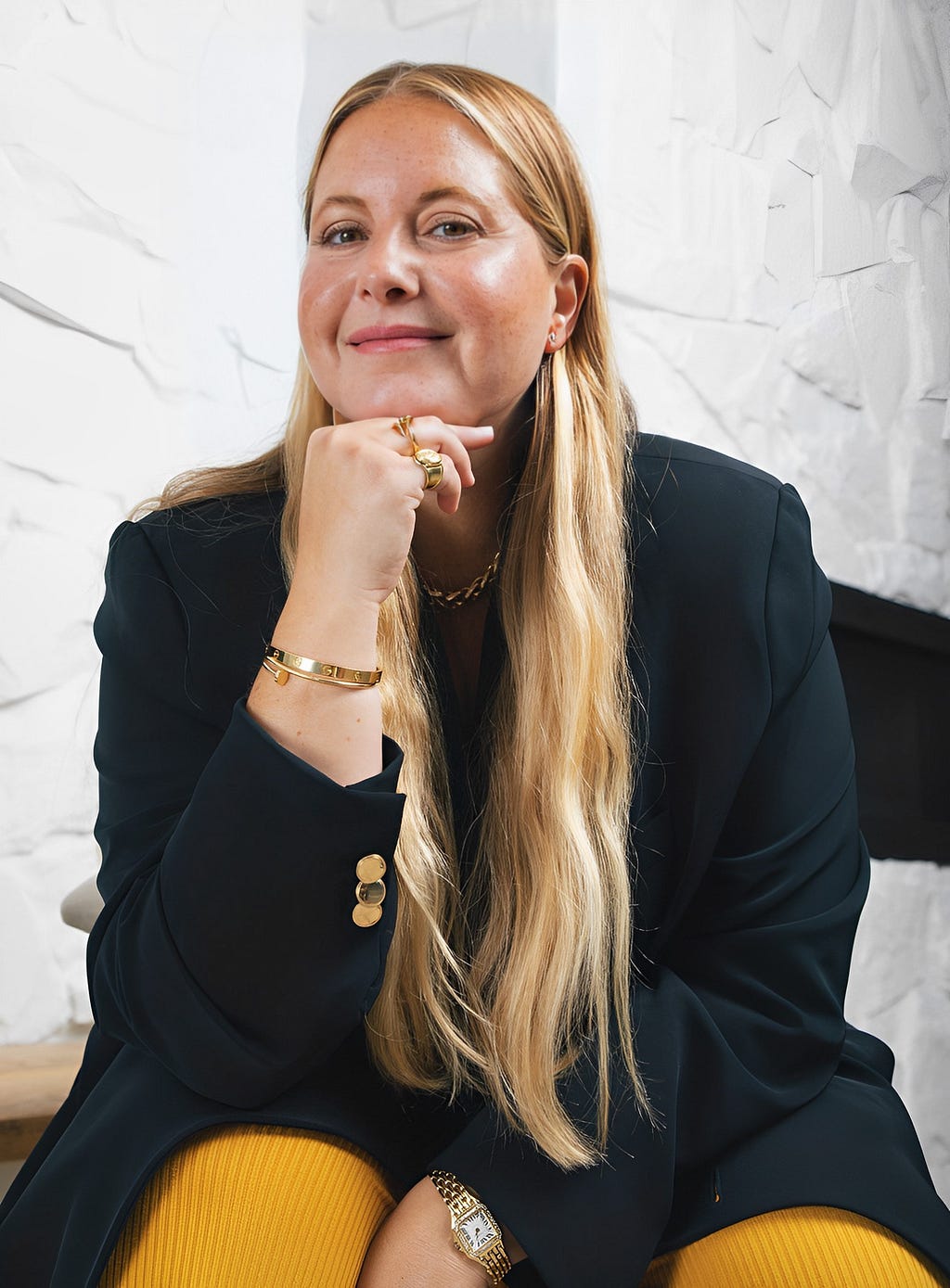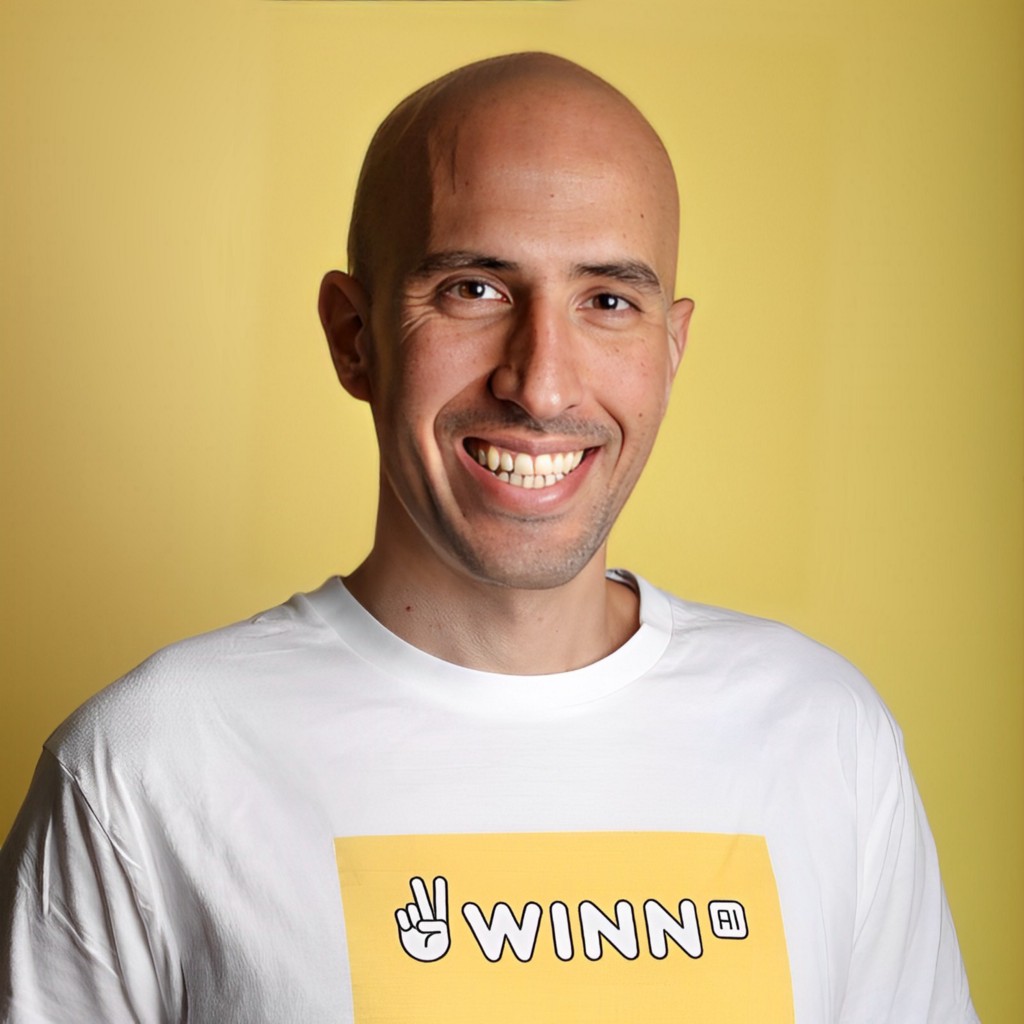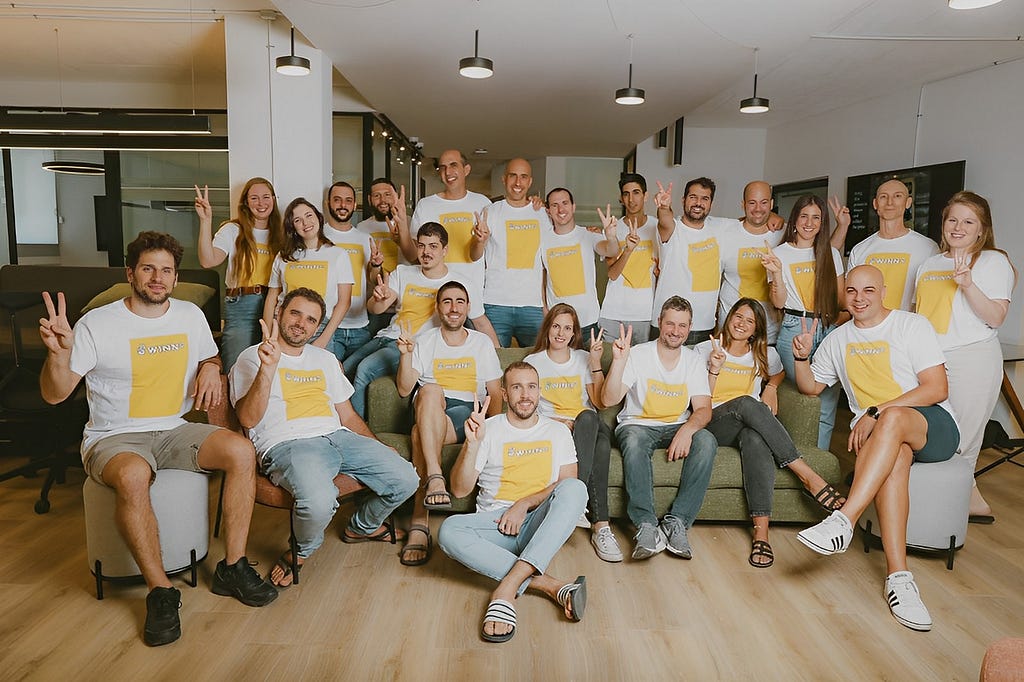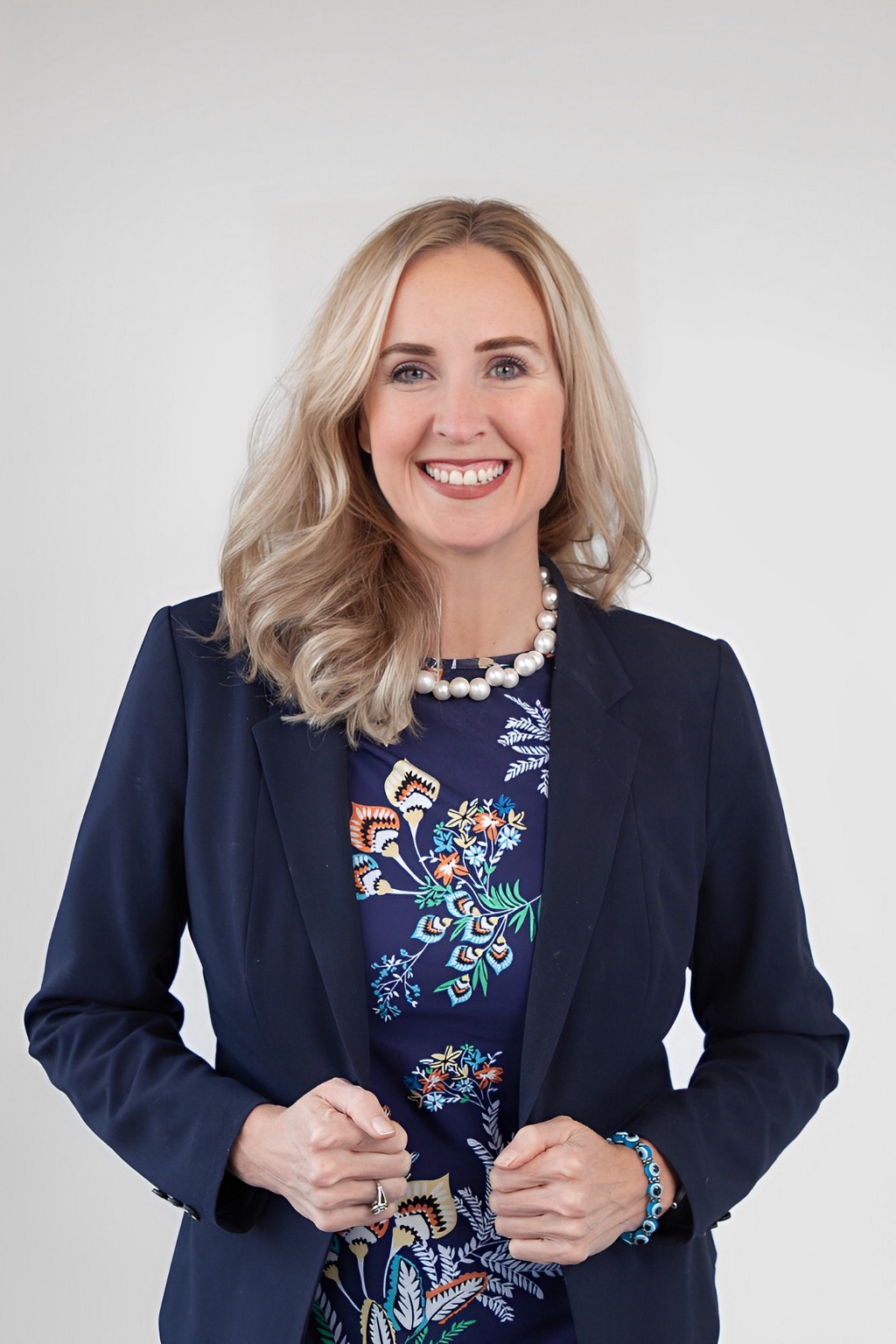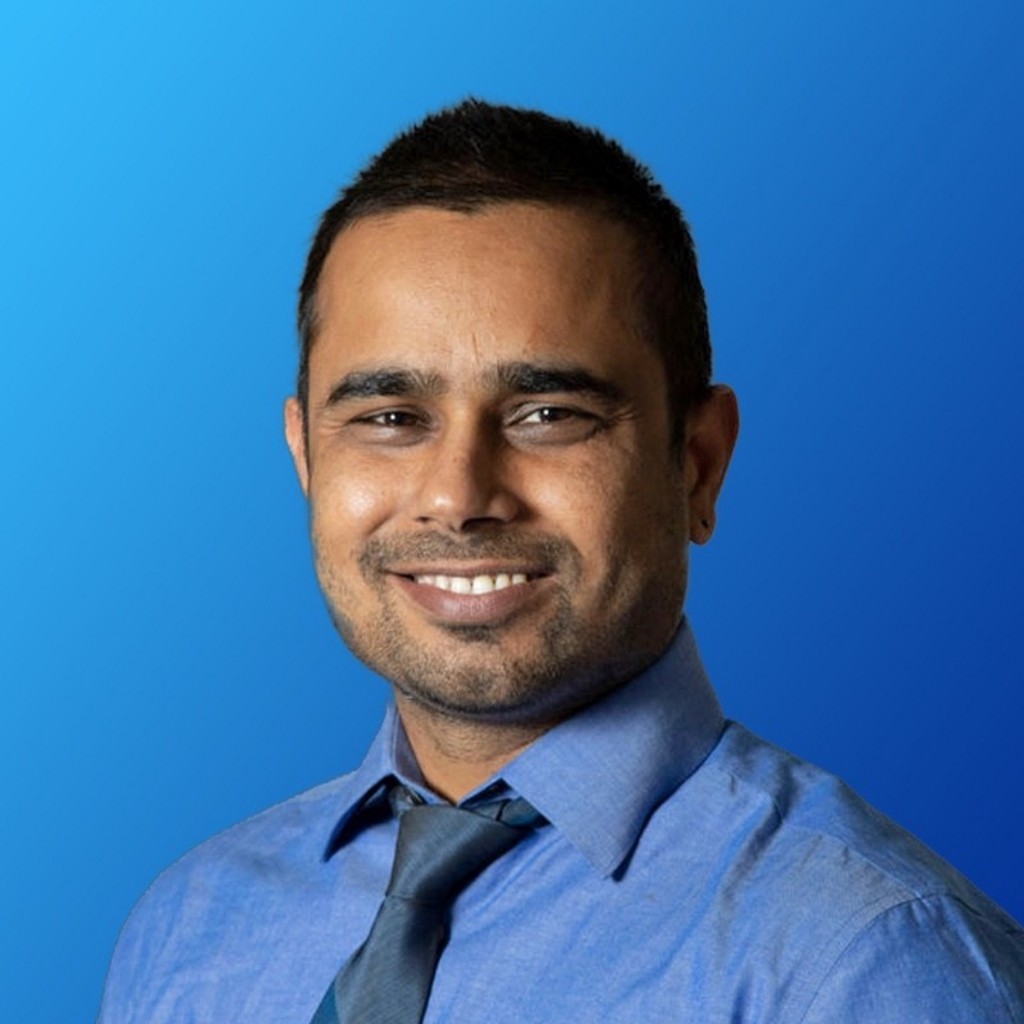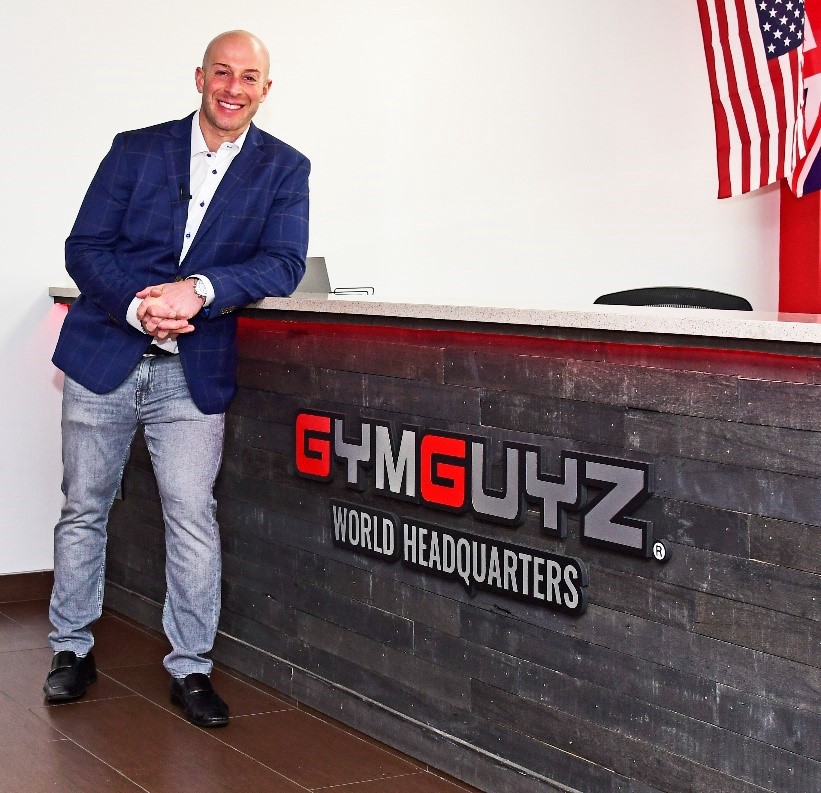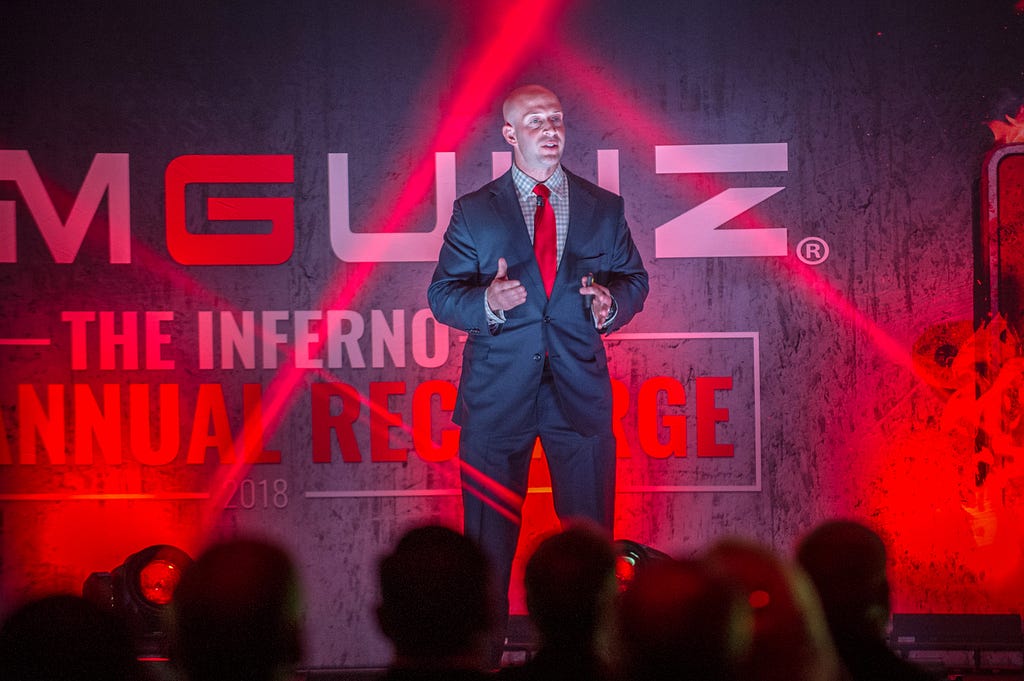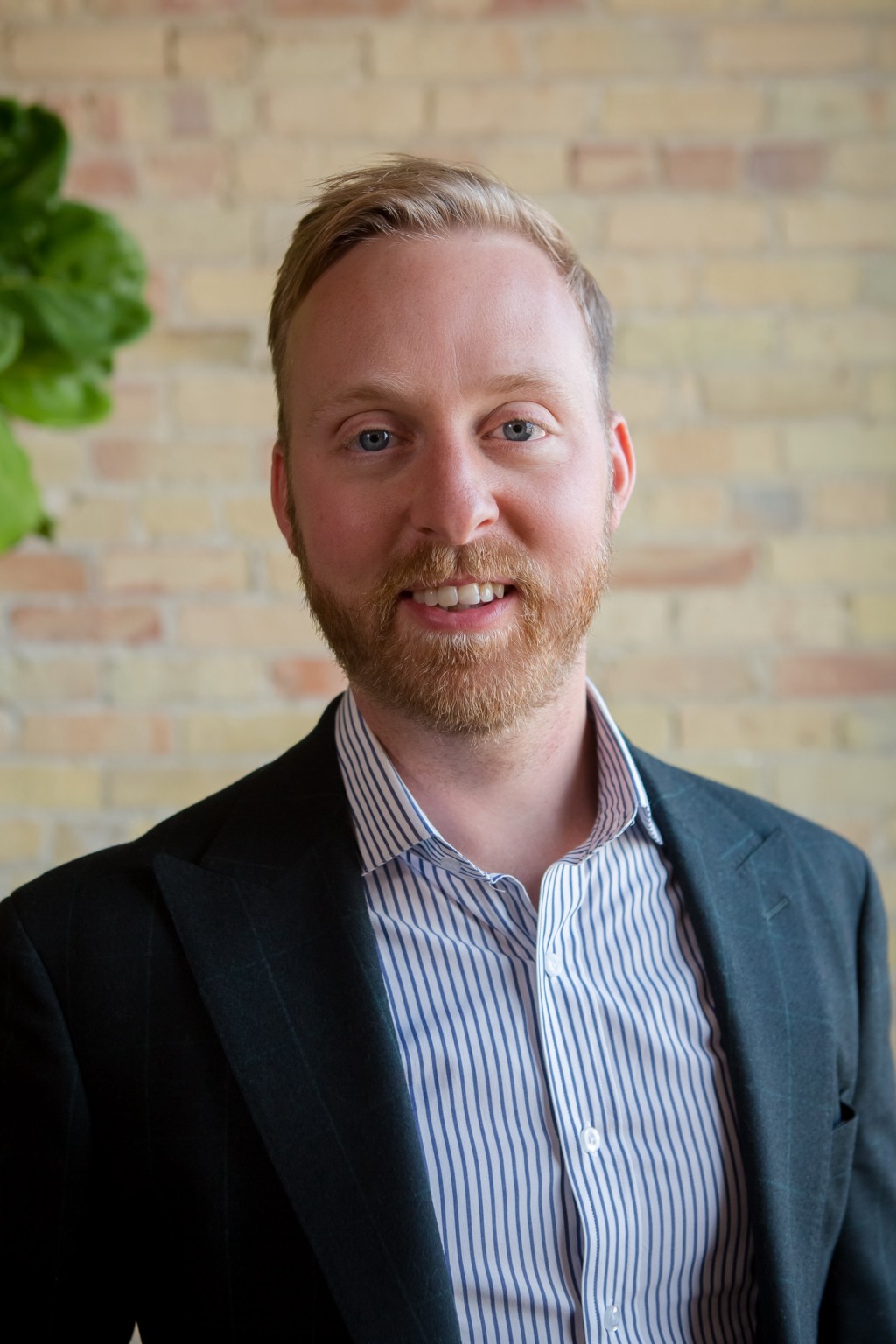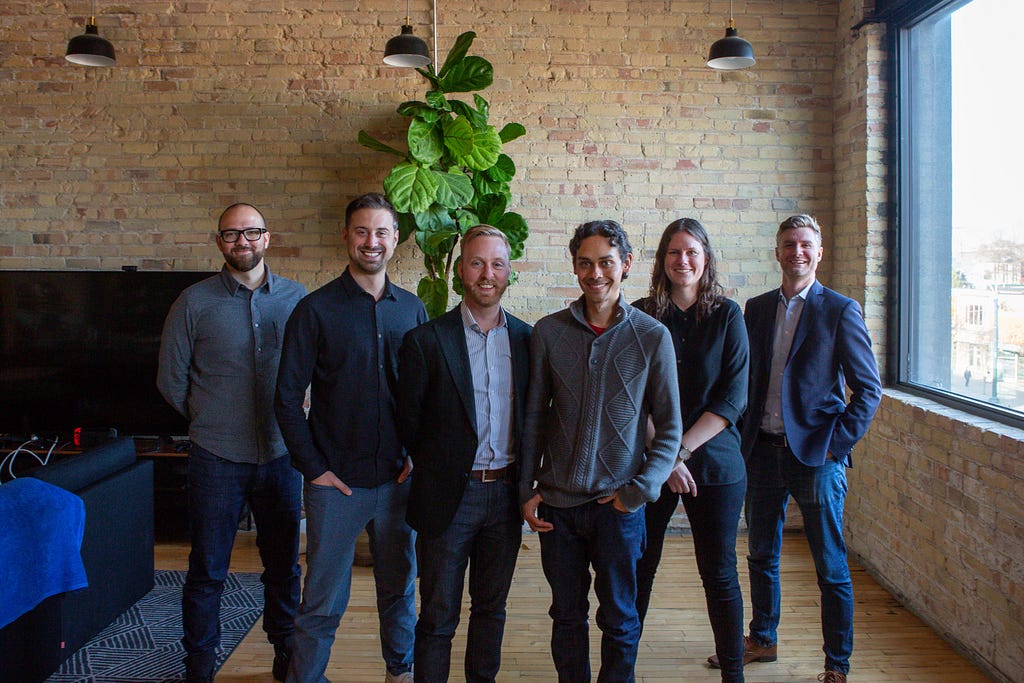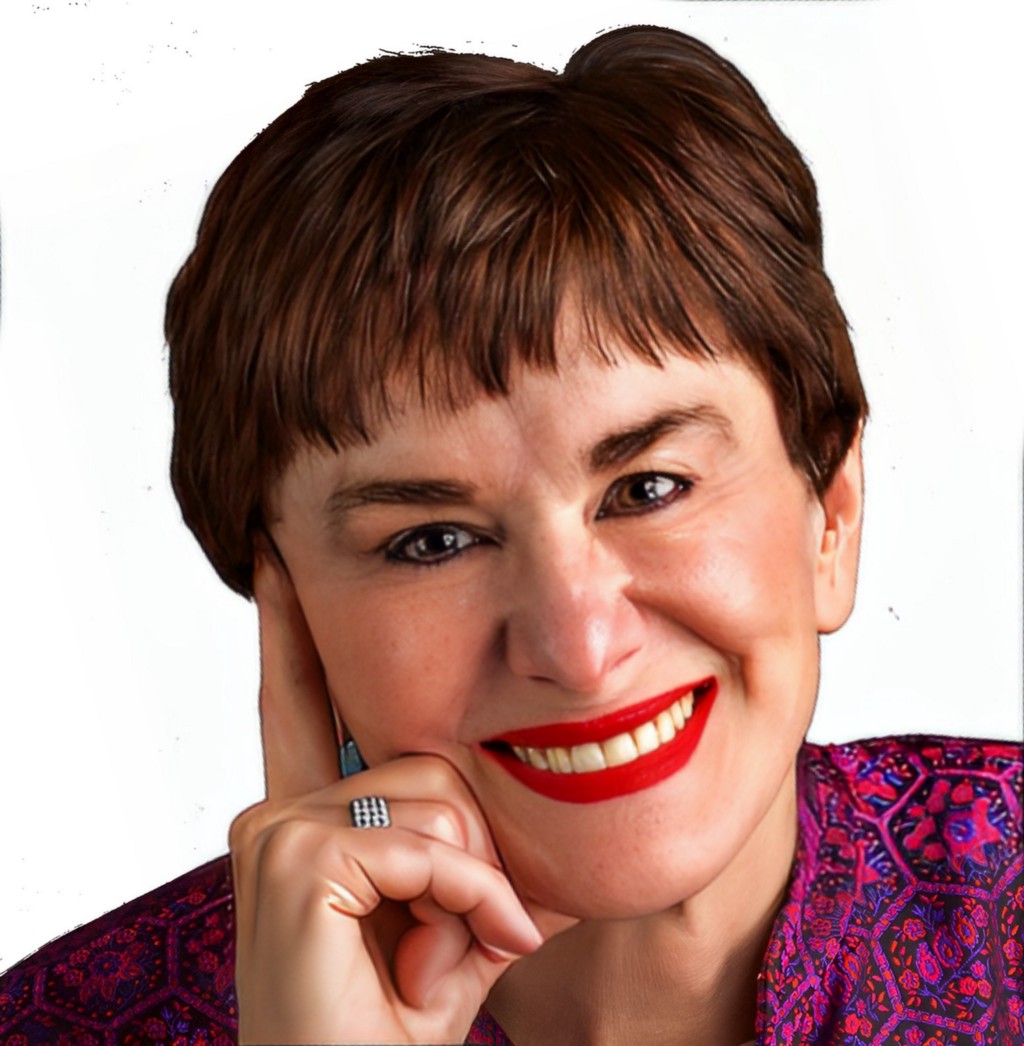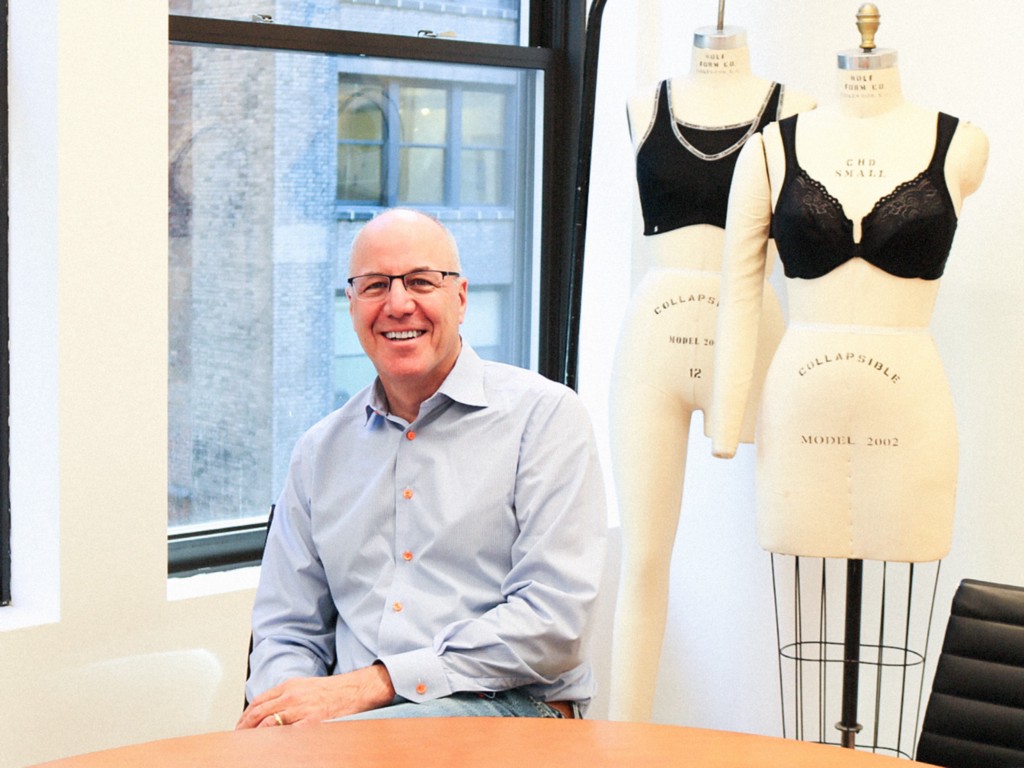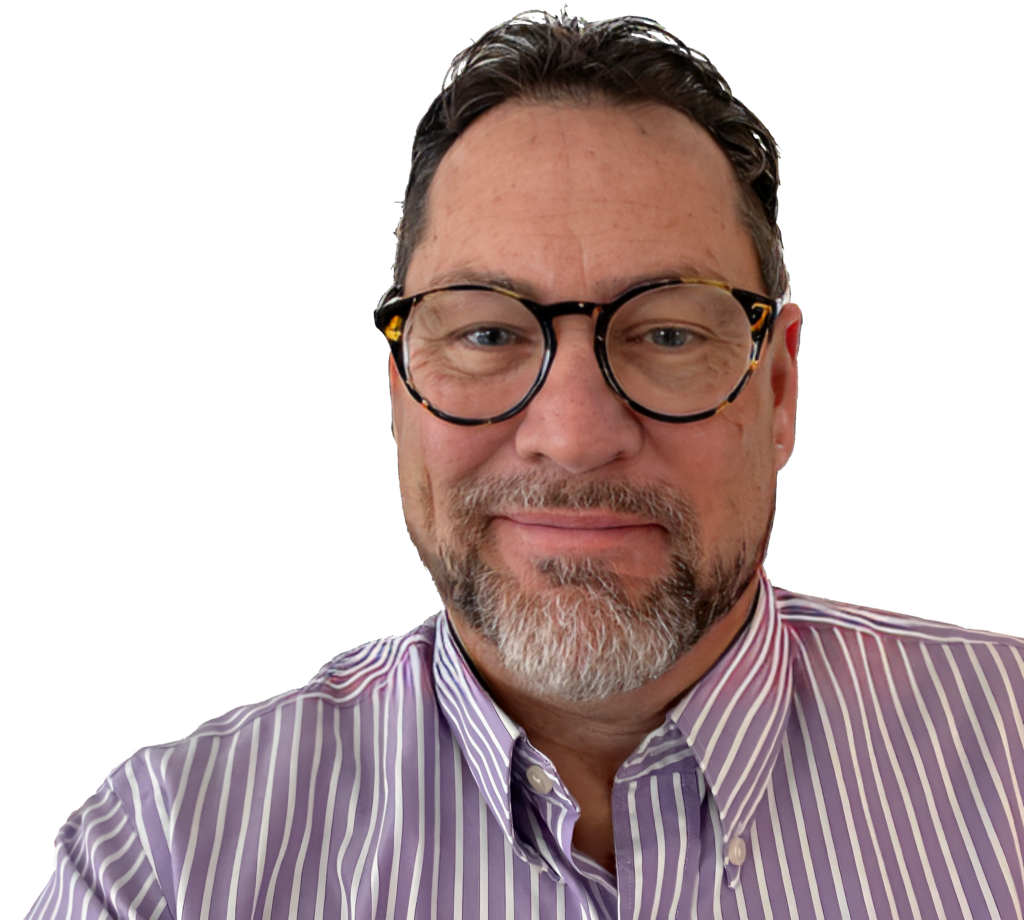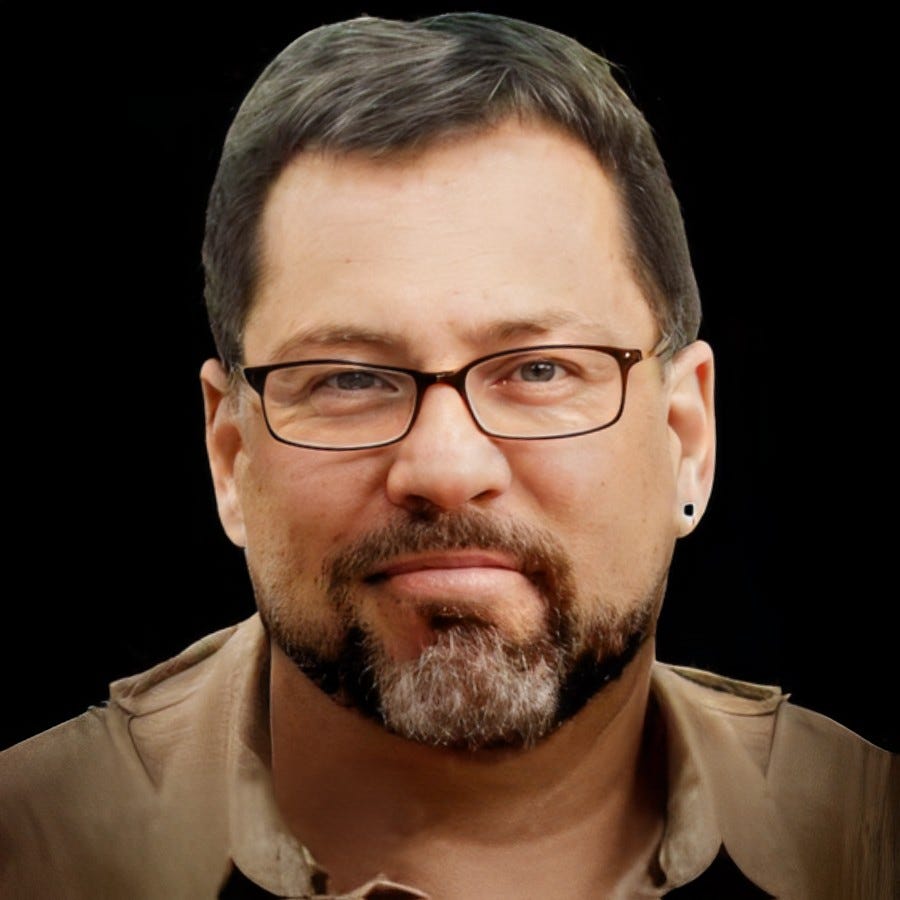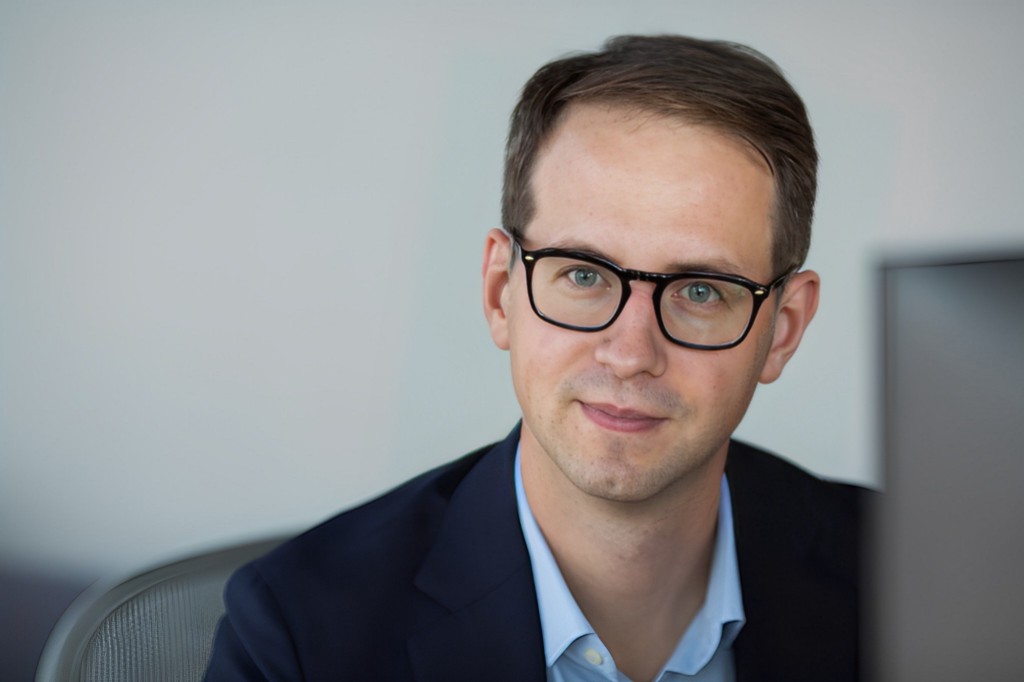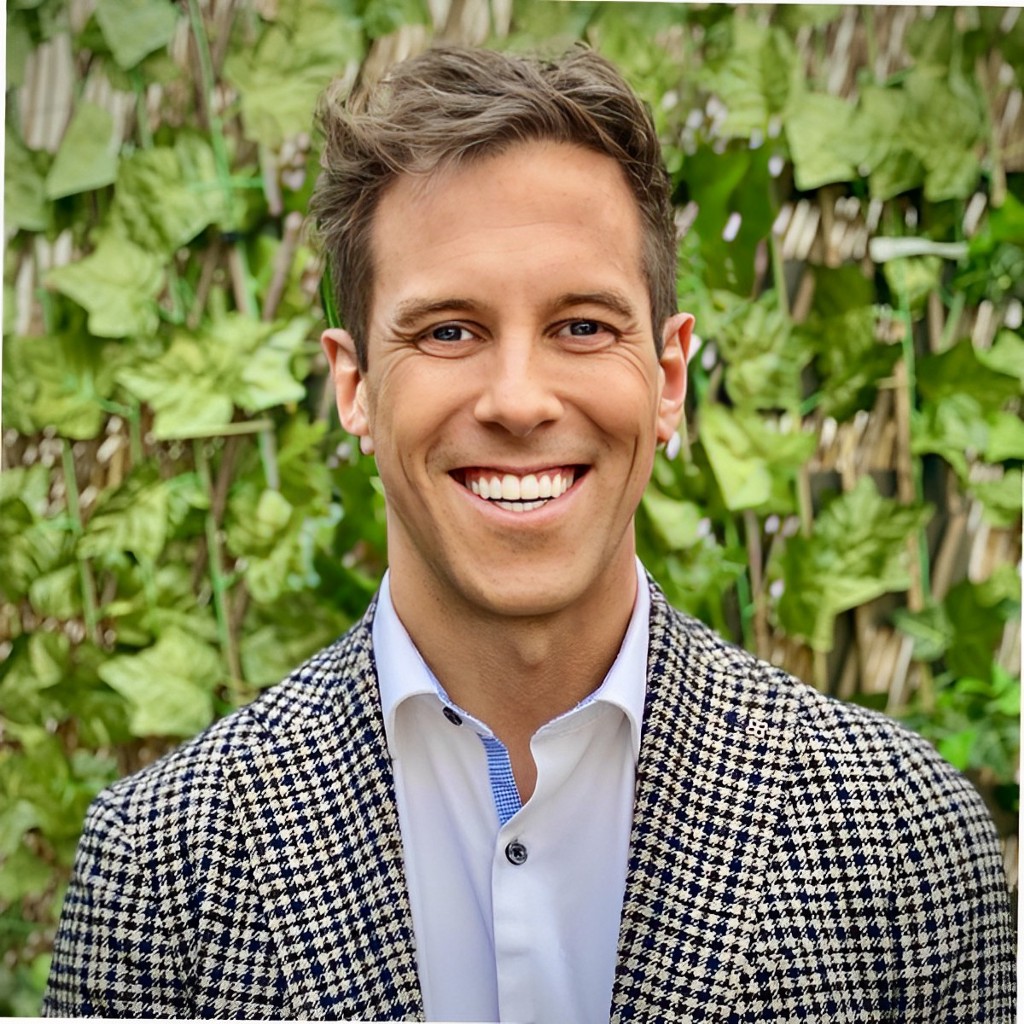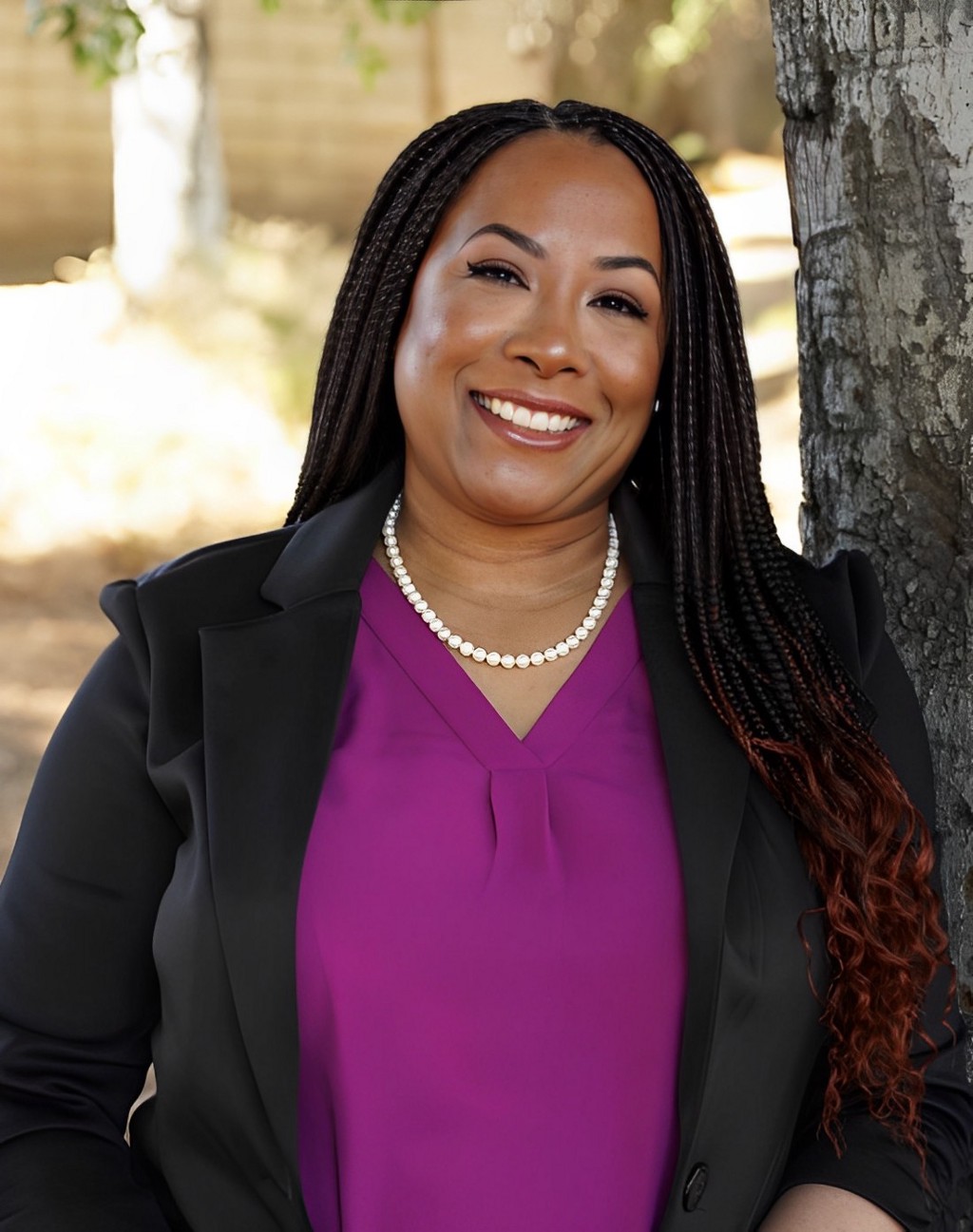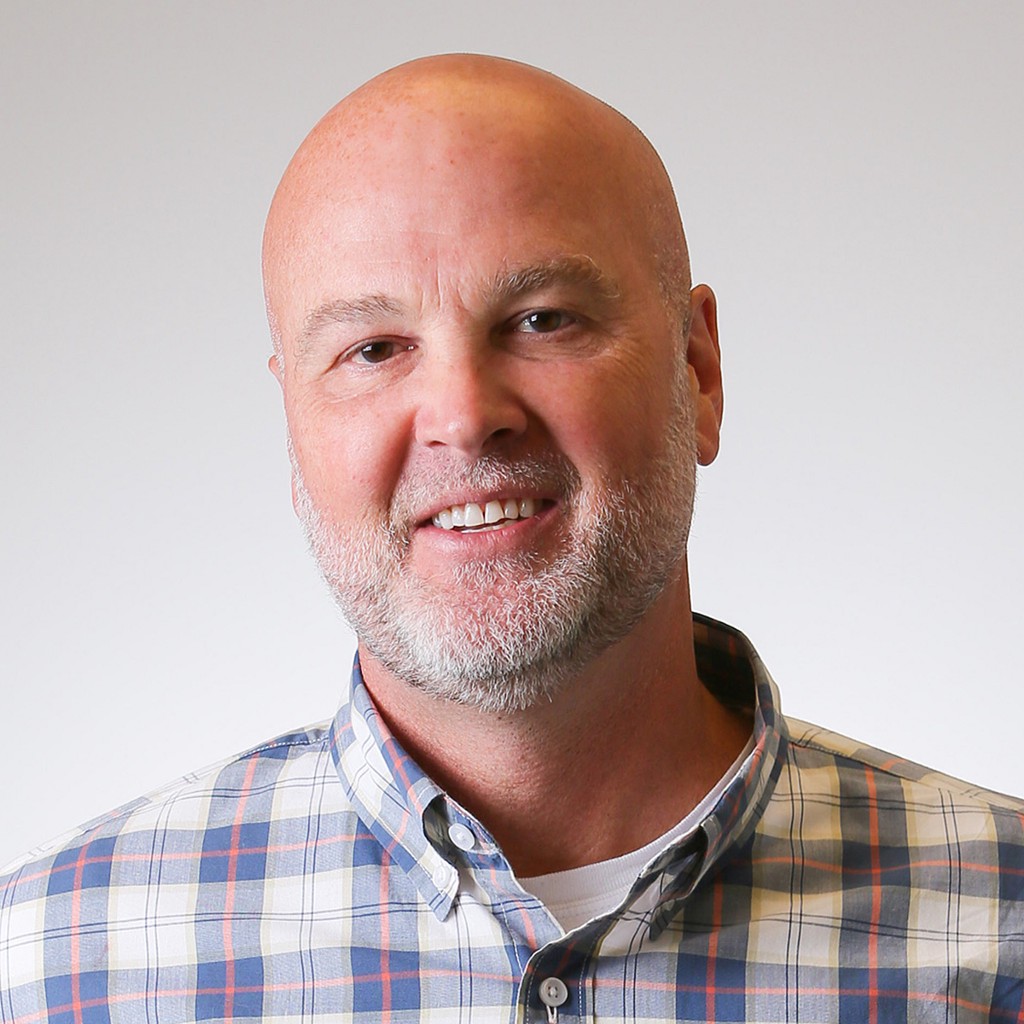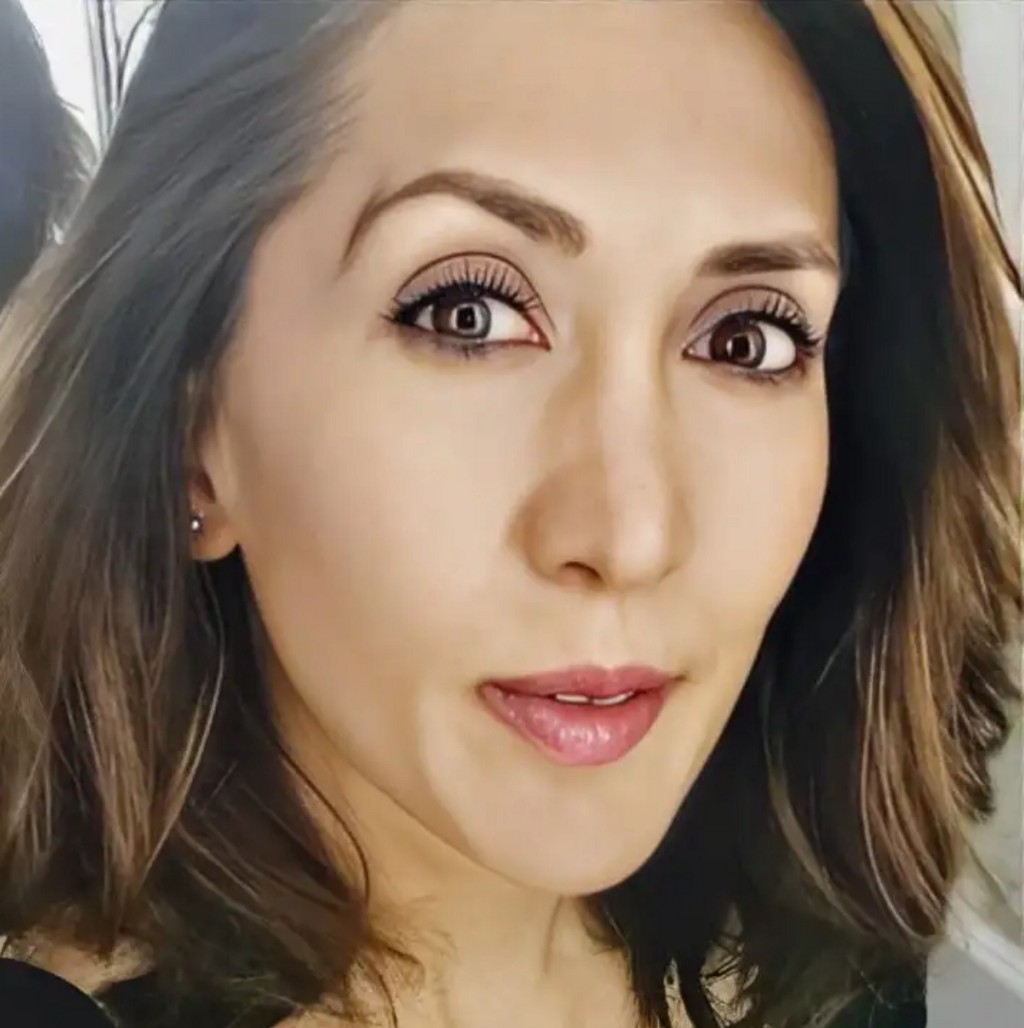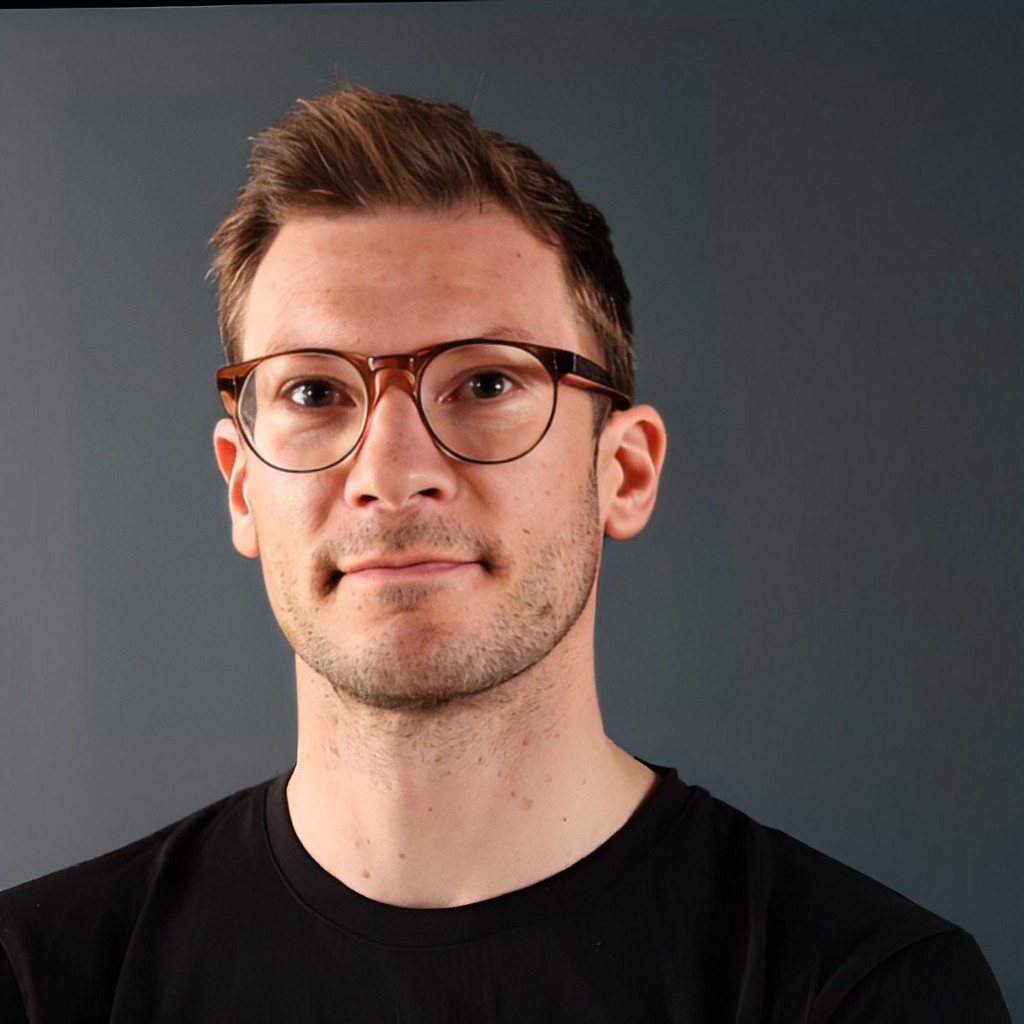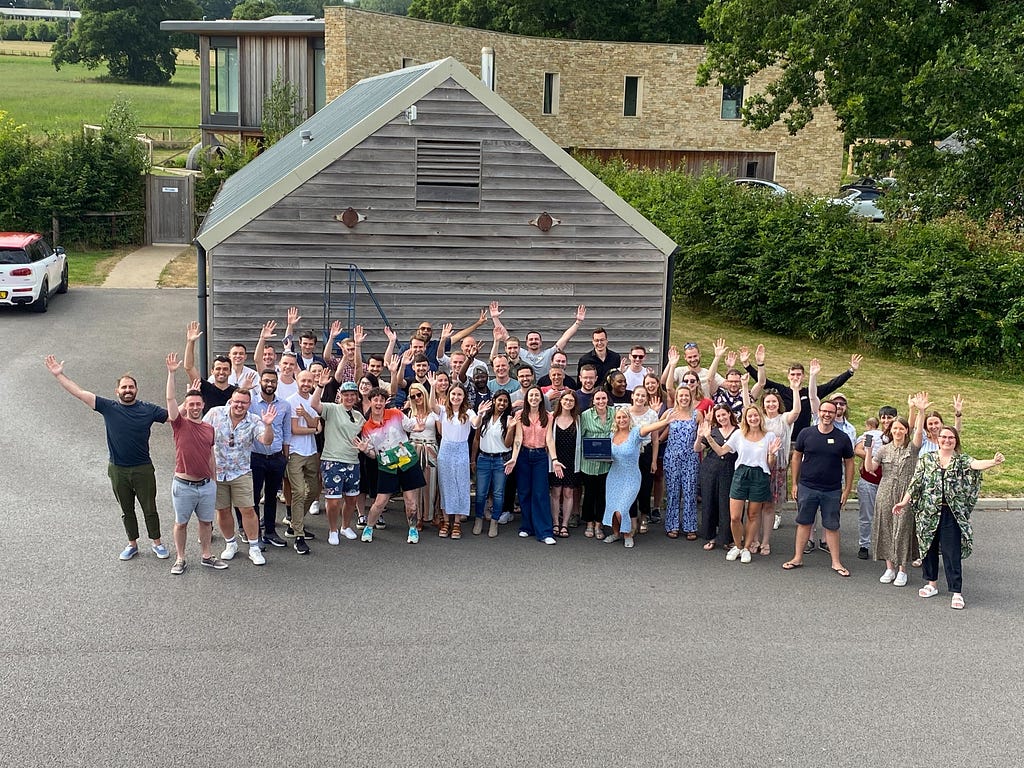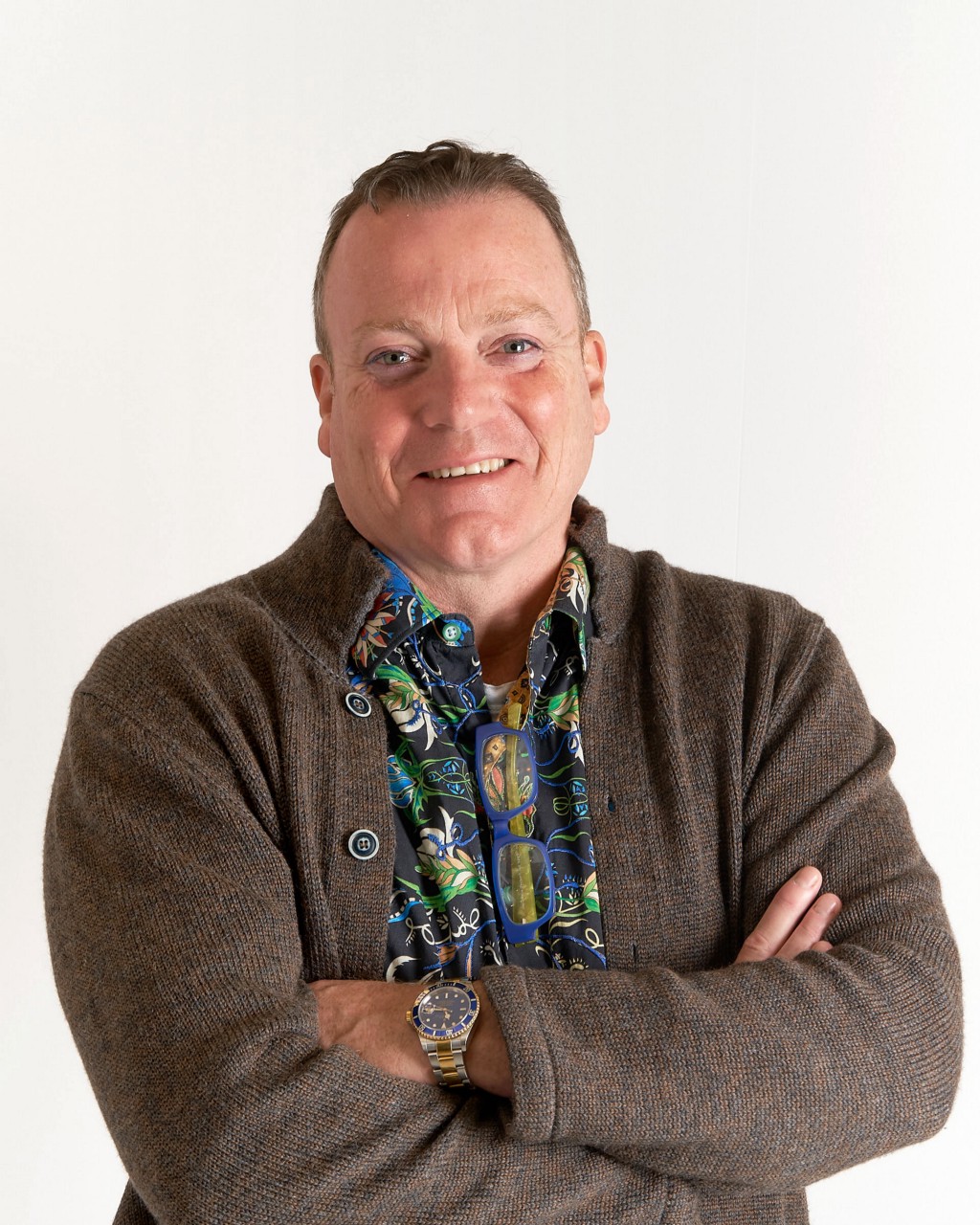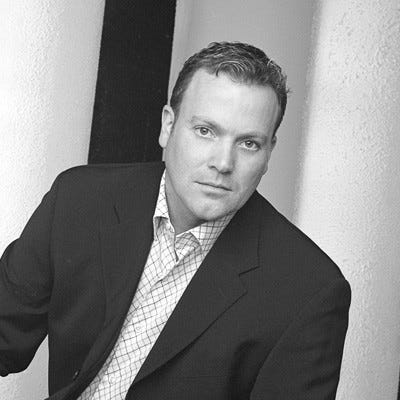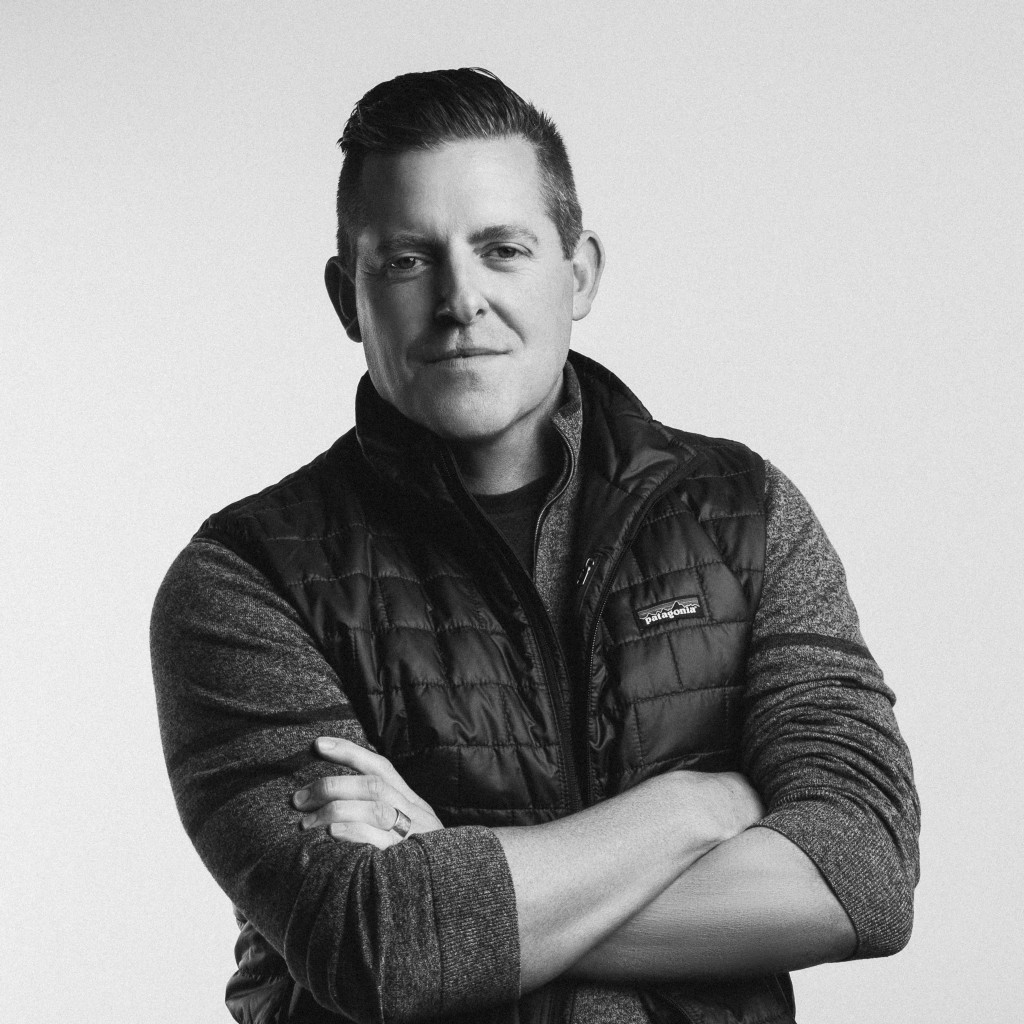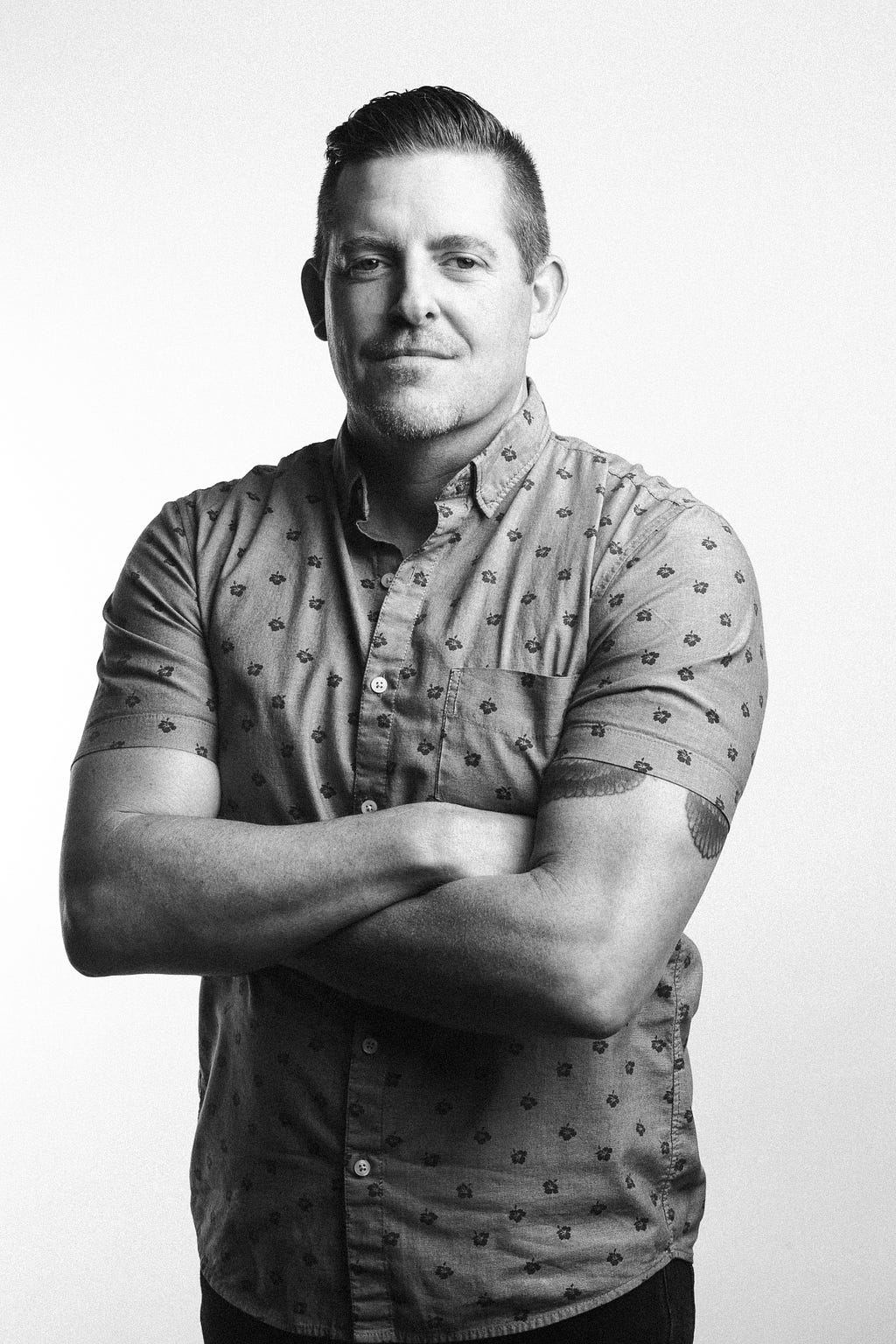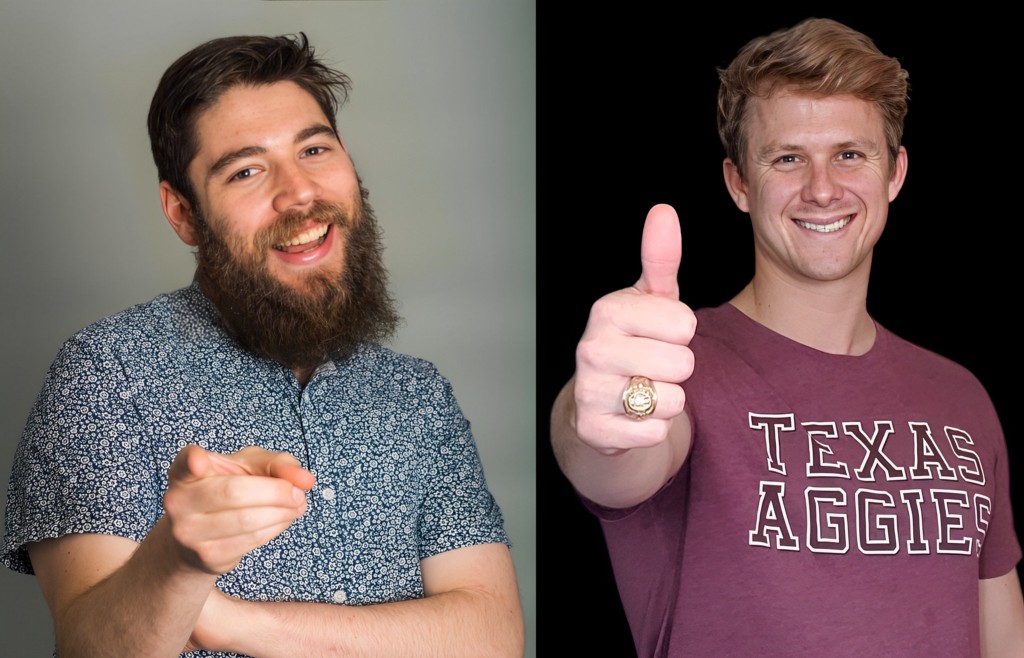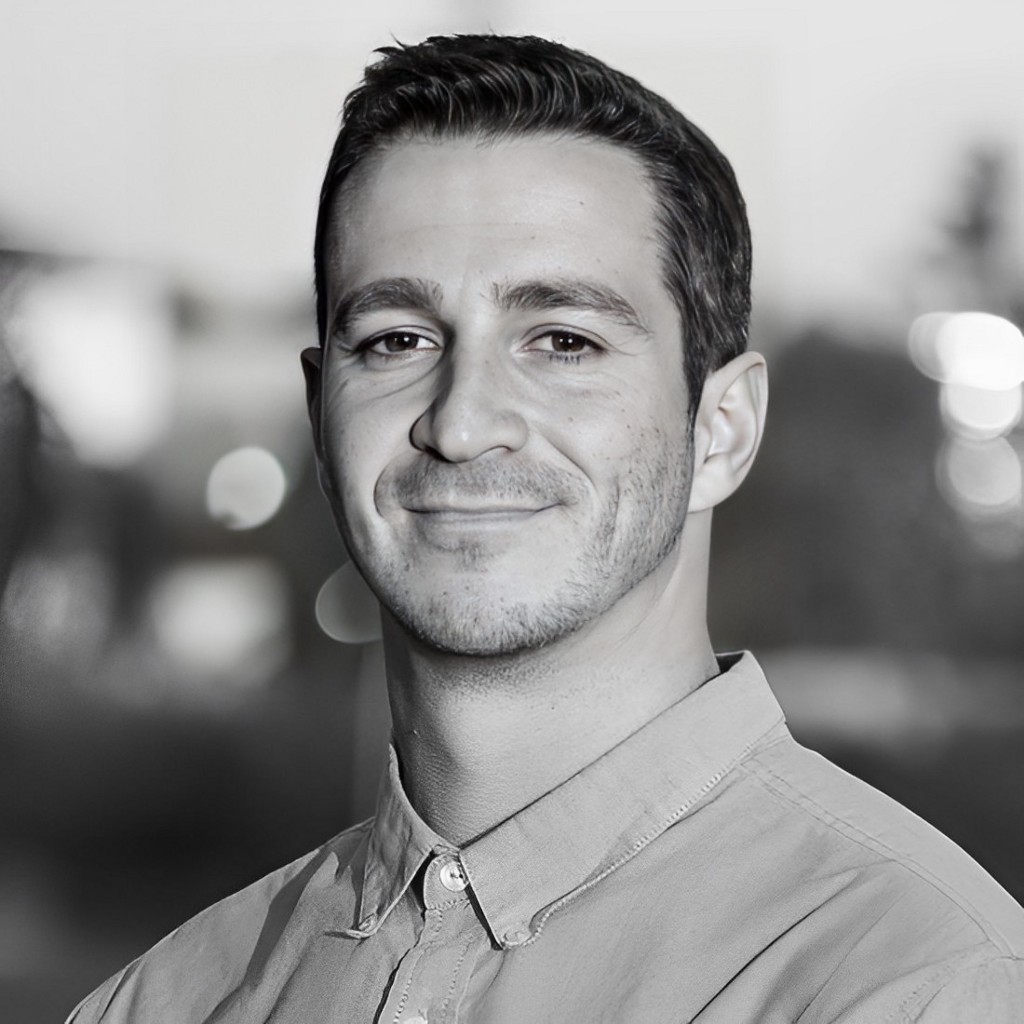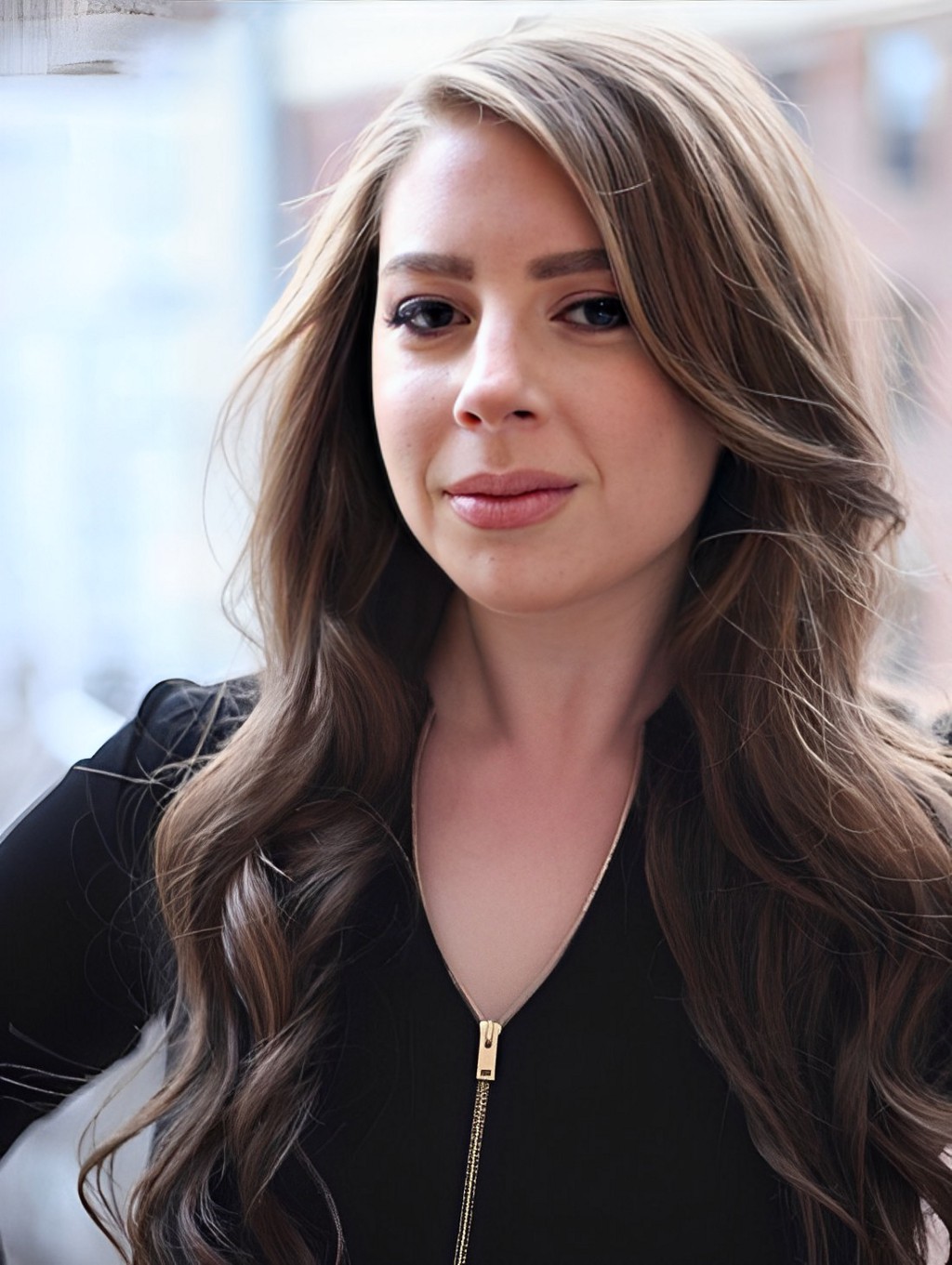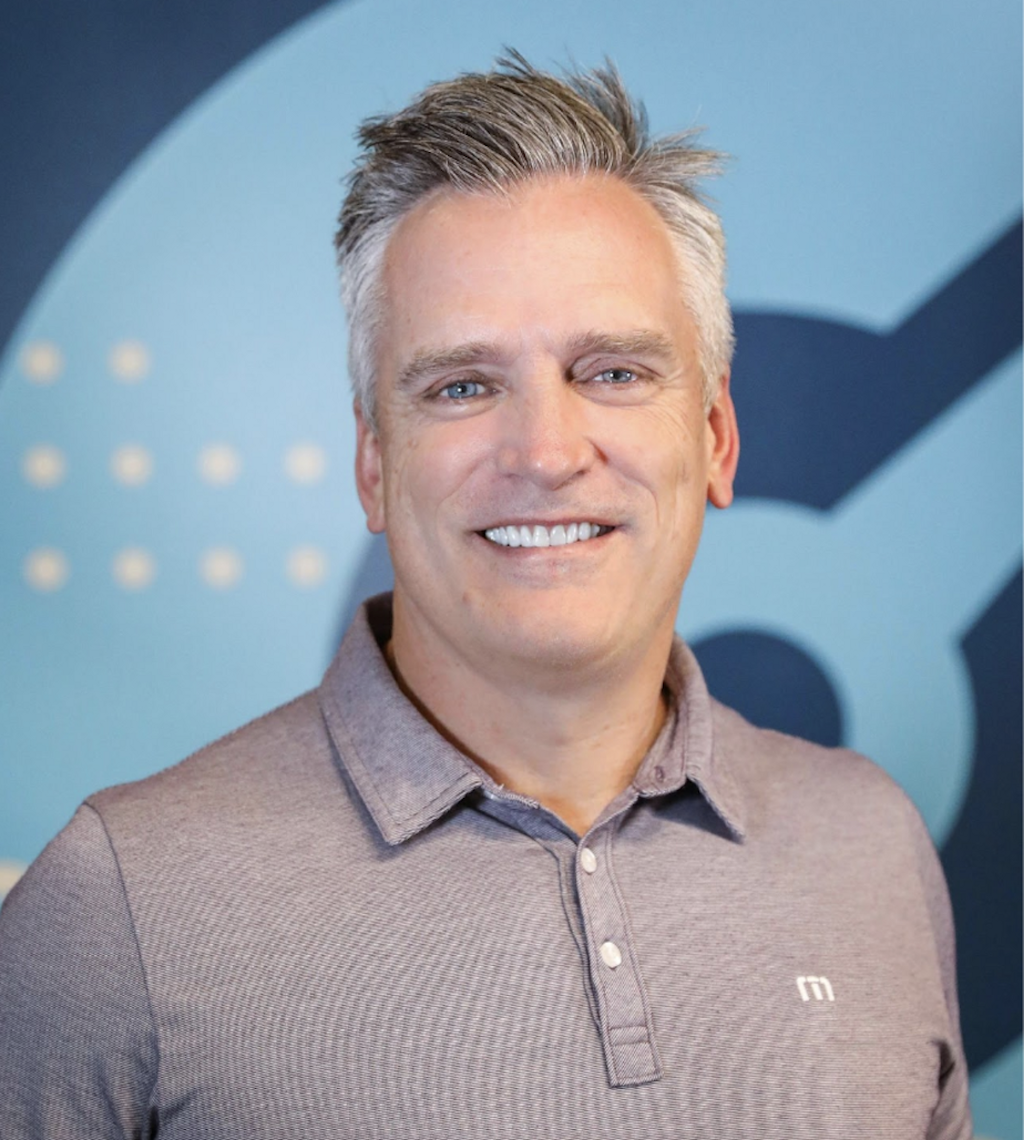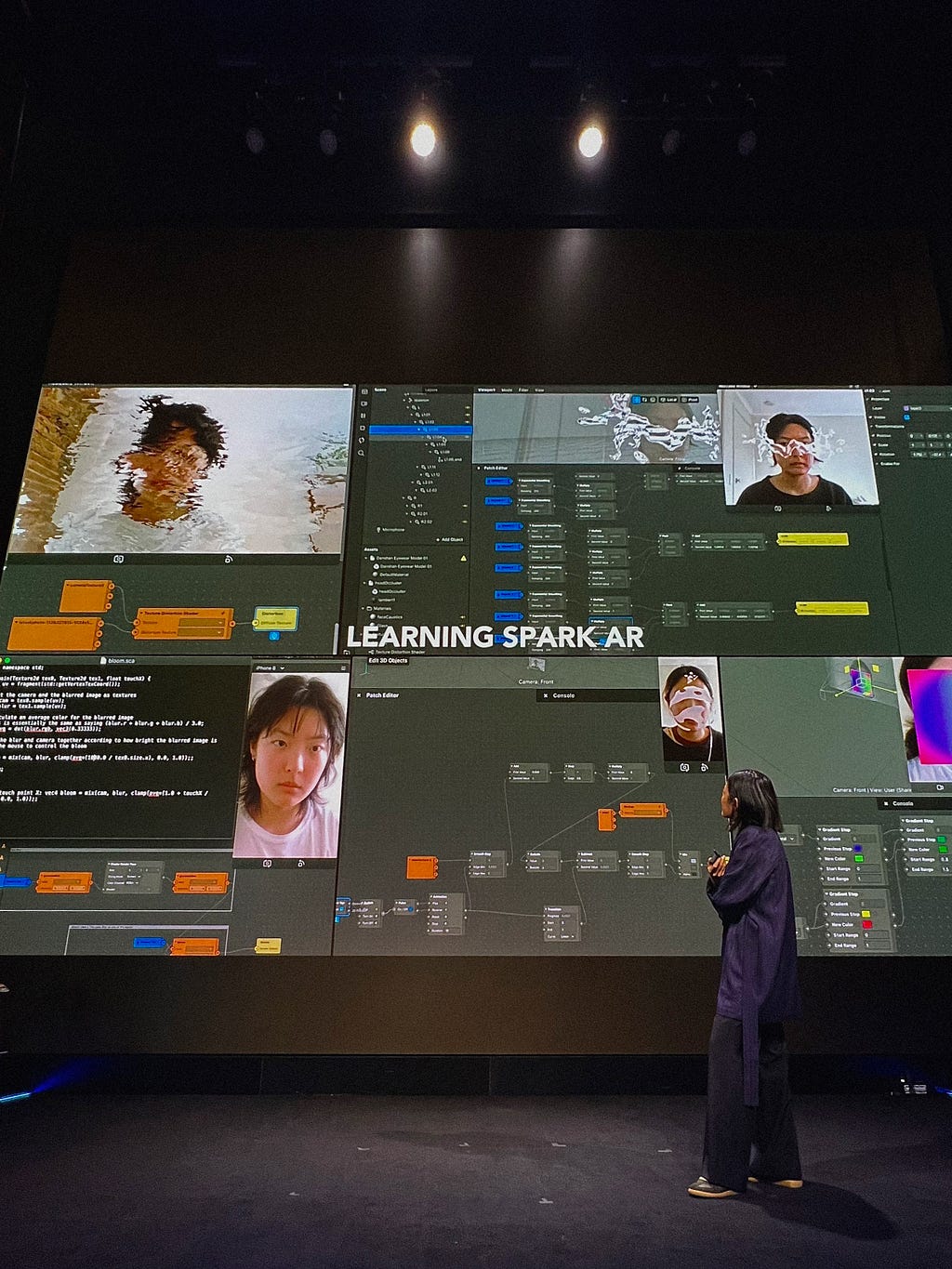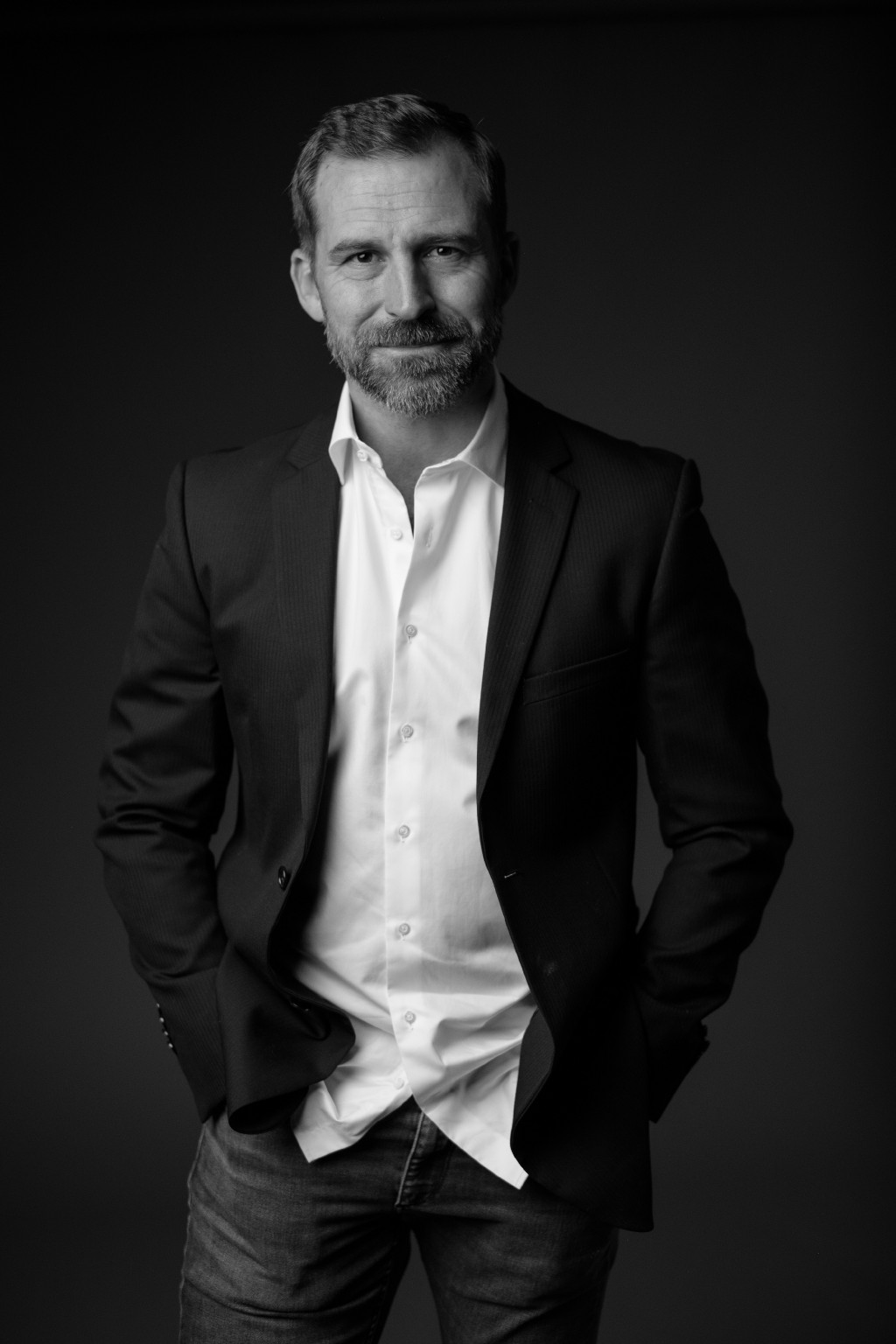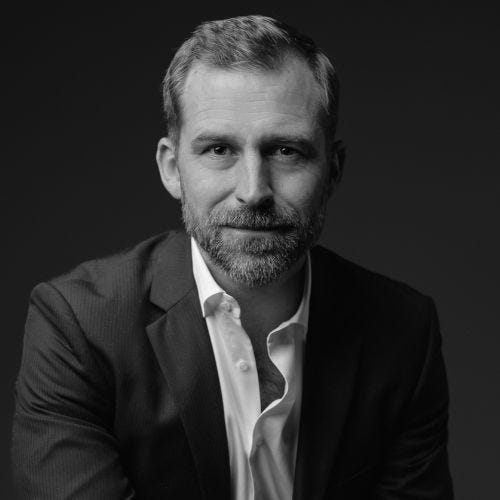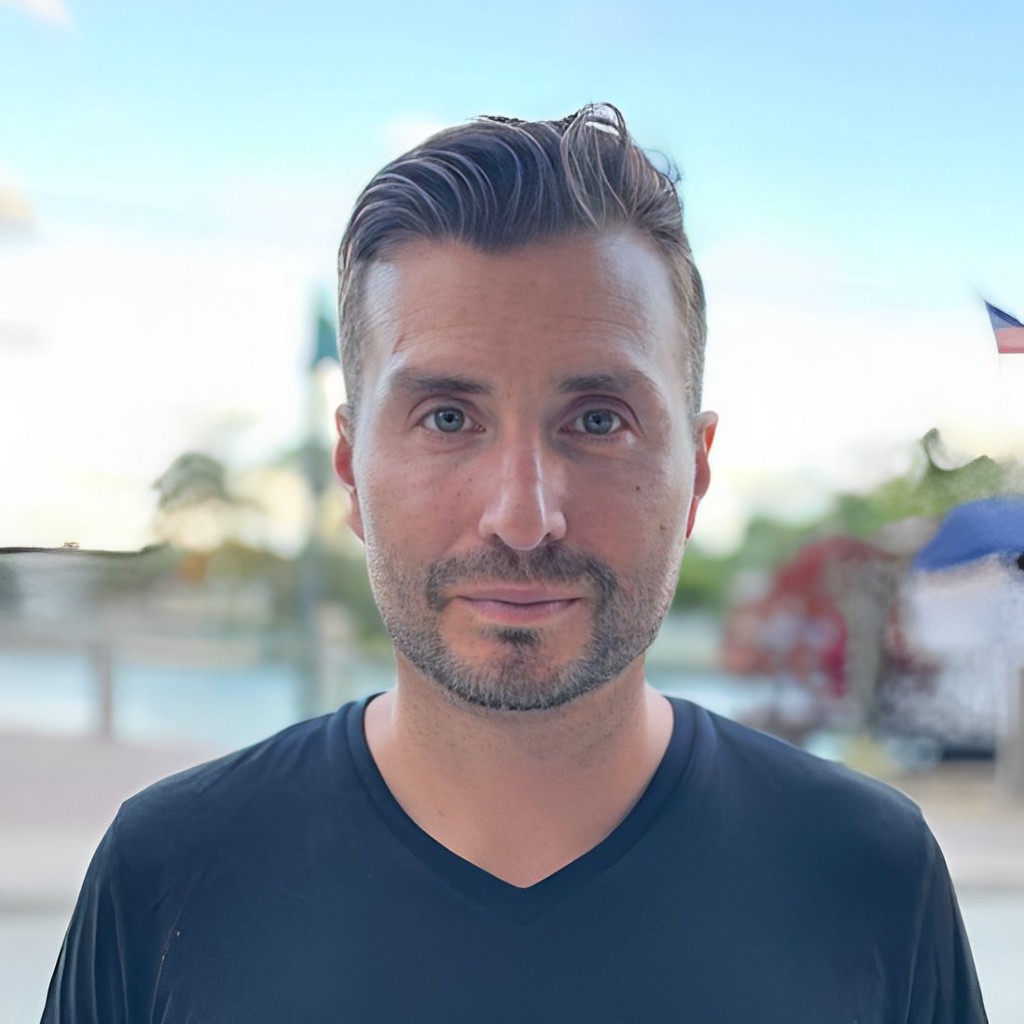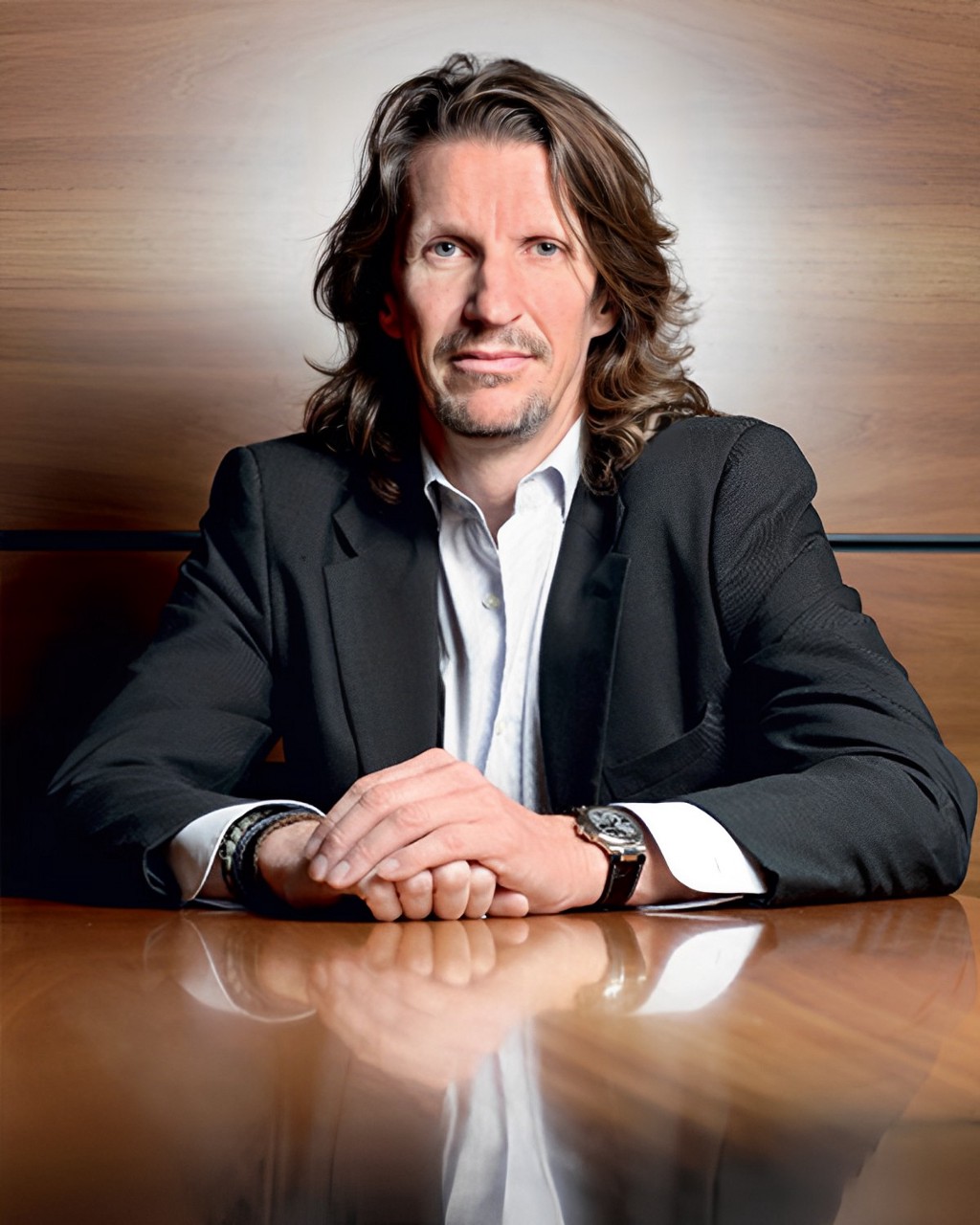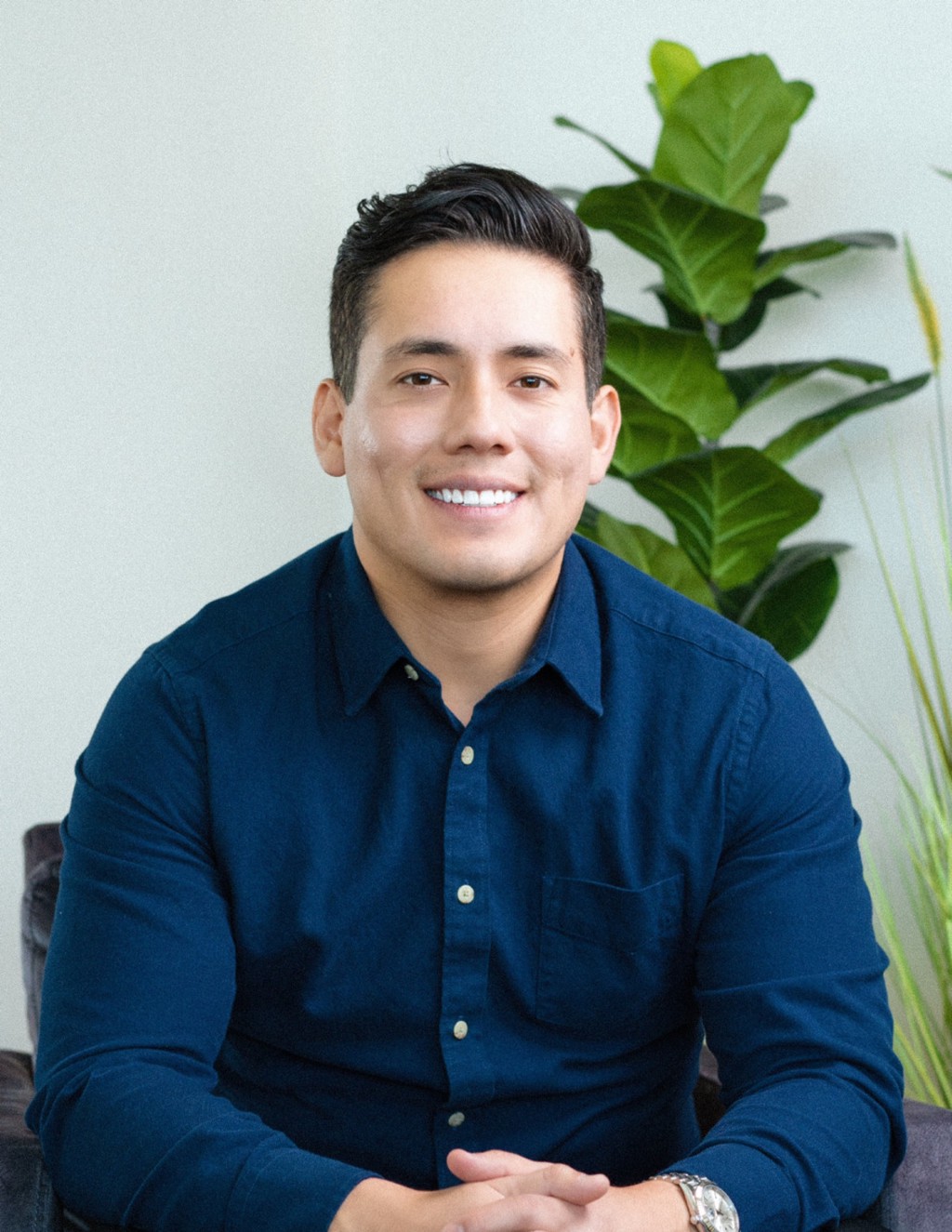Jeff Whitten Of ROKFORM On How To Create A Fantastic Retail Experience That Keeps Bringing Customers Back For More
An Interview With Fotis Georgiadis
Ship as quickly as you can. Customers love to get their products as fast as possible; you should be sending out their product that day or the next one after an order is placed after your pickup time.
As part of my series about “How to Create a Fantastic Retail Experience That Keeps Bringing Customers Back for More”, I had the pleasure of interviewing Jeff Whitten.
Jeff Whitten is the Founder and CEO at ROKFORM, the maker of premium handheld innovations for those who take action seriously. Through ROKFORM’s small but dedicated team, the company has bootstrapped their way to become a leader in the design and manufacturing of innovative consumer electronics products, including their patented twist lock and magnetic phone cases, mounts, and accessories. Prior to ROKFORM, Jeff was co-owner of a leading exhaust manufacturer in the powersports industry until he exited that business in 2016 to dedicate full time to ROKFORM. With more than 30 years of product design and manufacturing experience and more than 10 patents and co-patents across two industries, you can say that Jeff knows a thing or two about product development and entrepreneurship.
Thank you so much for joining us in this interview series! Before we dive in, our readers would love to “get to know you” a bit better. Can you tell us a bit about your ‘backstory’ and how you got started?
My entrepreneurial journey started young. When I was just eight years old, I ran a paper route, washed cars, sold candy out of my backpack, and in high school I built and sold furniture. When I finished high school, I worked in construction and then as a mechanic for a road race team which later led me to owning half of the company. We designed and manufactured motorcycle exhaust systems, everything from bending, welding, fabrication, and assembly. I enjoyed this for almost 25 years and learned a lot along the way. We grew that business from a simple garage operation to one of the largest powersports exhaust manufacturers in the country. I ended up selling my ownership stake in 2016 to focus on ROKFORM.
During this time, I was playing golf as much as I could but my phone was constantly getting damaged on the golf course and I lost a couple phones out there, too. It would also get scratched or left behind in the glove box on my cart, or I would break a screen with the golf ball in my pocket. I had the idea to make a phone case that could easily stick to a golf cart, by testing with some off the shelf magnets and sticking my phone to the cart over an 18 hole round, the idea was born. We also felt the need to kill the giant claws that were holding phones in cars, we wanted a small simple solution that did not take up a lot of space and was not an eyesore. We solved that problem with the invention of the ROKLOCK Twist-Lock system. From there we just kept innovating on those features to create bike mounts, motorcycle mounts, golf accessories, and an entire suite of magnetic and or twist lock mounts. Our customers are cyclists, motorcyclists, golfers, outdoorsmen, first responders, military, police, and professionals who want more than just a basic cover for their phone.
Can you share a story about the funniest mistake you made when you were first starting? Can you tell us what lessons or ‘takeaways’ you learned from that?
One of the biggest mistakes we made was trying to grow too big, too fast. For example, we were selling our phone cases at a big box store along with two mounts, a bicycle mount, and a stroller mount. We were talked into putting the stroller mount in the phone case section, which didn’t sell because people who are looking for stroller accessories are looking in the stroller section, not the phone case section. They also talked us into selling an iPhone 5 case a month before the iPhone 6 came out. We had a lot of returns and lost a lot of money. It ended up being a tough lesson but a good one. We no longer sell at big box stores as we’ve learned that we really like to have a connection with our customers and if something is going on, we can fix it quickly before it’s too late.
None of us are able to achieve success without some help along the way. Is there a particular person who you are grateful towards who helped get you to where you are? Can you share a story?
There are a couple people that have been a fundamental part of my success. My dad is one of them, he really taught me the value of hard work, doing more than what you’re asked of, always leaving something better than you found it, and if you want something, you had better go out and find a way to earn the money.
Tony Robbins was another big influence on my life. He helped the most with goal setting. I’ve always been a goal setter, but he made me learn how to put it into an actual framework and be able to tie an emotional piece to it. So, in other words, why do you want that goal and why is it important and what’s stopping you?
Also, Keith Cunningham who I met at a Tony Robbins event. He’s one of the best business leaders I’ve ever come across. And the reason is he knows it so well and can explain it in a way that everybody can understand. I’ve run across many people who can’t do that. The biggest lesson he taught me is to remember that it’s not what you make, it’s what you keep, and that accounting is the language of business.
Lastly, our business coach Lee Froschheiser. He helped our team align ourselves in our business. Because of him, every team member is working in the same direction and knows what they’re responsible for and what they own. This has been huge for ROKFORM’s growth and success.
Is there a particular book, podcast, or film that made a significant impact on you? Can you share a story or explain why it resonated with you so much?
One of my favorite films is Rocky because here’s a guy who had nothing but grit, determination, and a realistic goal. He had the mindset that he couldn’t beat his opponent but wanted to go the distance. Where that translates into business is you’re not going to beat everybody, but you can stay in business and make your customers happy. I mean that’s the goal, right? Make customers happy.
Some of my favorite books include The Road Less Stupid by Keith Cunningham, think and Grow Rich by Napoleon Hill, and 60 Minute CFO by David A. Duryee, in which I had the entire ROKFORM team read. I truly believe that your team should at least know the basics of accounting and why it’s important to the business.
What do you think makes your company stand out? Can you share a story?
What makes ROKFORM stand out is our products are not only unique but incredibly useful. Our latest iPhone 14 Case has a 4–5x stronger hold on all MagSafe® compatible accessories and any magnetic surfaces, and our G-ROK Wireless Golf Speaker is a portable Bluetooth golf speaker that instantly sticks to a golf cart and other metal surfaces.
We have some of the best customer service where we listen and care about our customers. Most of the time if I run into somebody and we start discussing work, they share a story with me about their interaction with our customer service team and how good of an experience it was. Customer service quality has been fundamental to our success.
Which tips would you recommend to your colleagues in your industry to help them to thrive and not “burn out”?
I believe that burn out can come from boredom and it’s usually when your business isn’t doing well. You don’t find many people who have a growing business with a great culture that is accomplishing great things who are burnt out. Burn out can also come when you’re trying to grow too fast. If you grow at a steady manageable pace and you have a good team in place where you’re really focused and aligned, you’re probably not going to get burnt out. It’s normally not the ones who grow the fastest, it’s the ones who grow a solid, sustainable, profitable business that takes care of their customers that win the long game.
I have been burnt out before and this is exactly what happened, the business wasn’t doing well, and it was because I was spending too much time being busy and not working on being strategic and seeing the larger picture. I had to slow down and stop doing a lot of things so I could focus on just the most important things that would move the needle for the company. My advice is to slow down and do less of the easy busy stuff and more of the high level, strategic work, and that’s the most difficult. There is no prize for the person who stays up the latest or works the most hours.
Ok super. Now let’s jump to the main questions of our interview. The so-called “Retail Apocalypse” has been going on for about a decade. The Pandemic only made things much worse for retailers in general. While many retailers are struggling, some retailers, like Lululemon, Kroger, and Costco are quite profitable. Can you share a few lessons that other retailers can learn from the success of profitable retailers?
A lesson to be learned for other retailers is to watch your service and your numbers. To be profitable is completely different than having a big top line. Don’t worry about the top line, worry about how much cash you have in the bank, what your margins are, and how customer service is operating.
The reason you started your business is to solve a problem for your customer, whether it’s a customer service problem or whether it’s a problem that they don’t know they have that your product or service is answering. Make the customer your focus and you increase your chance for success.
Amazon is going to exert pressure on all of retail for the foreseeable future. New Direct-To-Consumer companies based in China are emerging that offer prices that are much cheaper than US and European brands. What would you advise retail companies and eCommerce companies, for them to be successful in the face of such strong competition?
My advice to other smaller retail and eCommerce companies is to not worry about your competition and focus on your own business, product, and customer. Stand out by having a great customer service team, and a great product. Your product should be priced accordingly and fit into your margin requirements and not priced to compete with a low-priced generic item. You can differentiate yourself through great service and a great product without the need to worry about playing the low-price game. Very few ever win at that over time.
What are the most common mistakes you have seen CEOs & founders make when they start a retail business? What can be done to avoid those errors?
The most common mistake I see CEOs and founders make is they don’t value accounting, or know their numbers before they try and expand their business. Most people don’t know how much money they’re making and don’t have accurate financials. I have friends who did very well with their eCommerce business and decided to open a retail location without really thinking about the costs involved. If you plan to open a retail business, you better make sure that you know exactly how much you need to sell to break even and how much it’s going to cost to get those sales before opening. Second locations usually decline the fastest and take the longest to return.
My advice is to watch your numbers and talk to both your accountant and your team to find out as much as you can about what it’s going to do to your business if you open a storefront.
This might be intuitive, but I think it’s helpful to specifically articulate it. In your words, can you share a few reasons why great customer service and a great customer experience is essential for success in business in general and for retail in particular?
One of my recent customer service stories is when I moved houses. I hired movers and I like to help them with the moving process so it’s faster for everybody. So, I put everything on a pallet for them in a staging area but recommended unloading everything off the pallets since it wouldn’t have fit in the truck otherwise. They wanted to leave some stuff on pallets and so we did, consequently not everything they charged me to move fit. Once we were finished moving, I asked them to take the pallets and they could use them for their own warehouse, as they were too big to fit in my truck. They let me know they couldn’t take anything back without an extra charge. I ended up speaking to their boss letting him know I helped his movers by putting everything on pallets and used my forklift to make the process easier and faster. They didn’t care about that and stood firm in charging me extra for making their job easier and faster! They just didn’t get it. For something that would have cost him nothing, he lost referrals and a repeat customer. It’s normally quite easy to make a customer happy, but surprisingly few even try.
We have all had times either in a store, or online, when we’ve had a very poor experience as a customer or user. If the importance of a good customer experience is so intuitive, and apparent, where is the disconnect? How is it that so many companies do not make this a priority?
A good customer experience comes from the top leadership of the business. If the leader doesn’t enforce the importance of great service, and it’s not part of the company culture, it won’t happen. You need to train employees exactly how they’re supposed to treat your customers in exactly the way you want them treated. Employees won’t make customer service a priority if it isn’t a priority for the leader.
It’s not about telling your team “Treat every customer how you would like to be treated”, it’s about training the team to treat every customer how you as the leader would treat the customer. For example, a customer’s expectation at a Four Seasons is going to be a lot different than a Motel 6. If your employee had only ever stayed at a Motel 6 and then got a job at a Four Seasons and treated those customers like the Motel 6, you would likely have some unhappy customers paying $1,000+ per night at the Four Seasons. It is the job of the leader to create the framework of how customers should be treated and not the employee. This is called customer service training, very few know this, I know that my movers don’t.
Can you share with us a story from your experience about a customer who was wowed by the experience you provided? Can you share with us a story from your experience about a customer who was “Wowed” by the experience you provided? Did that “Wow! Experience” have any long-term ripple effects? Can you share the story?
Recently, we had a customer who bought an item through our Amazon store who was having an issue with the installation and was obviously frustrated. These types of alerts come through on my phone and it popped up on a Sunday. Issues like this are typically handled quickly by our customer service team but this one, I could feel his frustration as I’ve been there before. So, I immediately called him directly where we talked through his troubles, he ended up having the wrong item. I offered to either give him a full refund or send him the correct item free of charge that I would personally send for him. He asked who I was, and I told him I was the owner and CEO of the company, and he was pretty blown away.
Just by reaching out to a customer and making a call can instantly diffuse a situation when you listen and hear them. Always listen to your customers, anytime you can go above and beyond for a customer or just talk to them, you should.
A fantastic retail experience isn’t just one specific thing. It can be a composite of many different subtle elements fused together. Can you help us break down and identify the different ingredients that come together to create a “fantastic retail experience”?
When creating a fantastic retail experience, the most important step is when a customer heads to your website, make sure they fully understand what you’re selling and how your product will impact their life. Secondly, be able to answer all their questions and have enough visual elements that showcase the product in action. You can do this through photos, videos, or an FAQ format.
When you’re lucky enough to get their order, make sure you ship it as quickly as possible. Customers should have all their order information and an easy-to-find tracking number, which really should be automated. If a customer has a question, a customer service team should be standing by and be able to answer their questions through a chat function on the website, through email, and via phone. It’s important for a customer to know that there is a real person they can speak with.
Then, when they receive their order, the packaging should reflect the experience they’ve had so far. The box that it comes in should be nicely presented and packaged with care with detailed instructions included for the product if necessary.
Ok super. Here is the main question of our interview. Based on your experience and success, what are the five most important things one should know in order to create a fantastic retail experience that keeps bringing customers back for more?
- A great website. If a customer comes to a website that doesn’t look good and the photos aren’t inspiring, you’re not going to win that customer.
- Product pages need to answer all potential questions. Don’t leave the customer with any questions on how they might use the product. You can answer their questions through a written FAQ section, great copy, images and video.
- Ship as quickly as you can. Customers love to get their products as fast as possible; you should be sending out their product that day or the next one after an order is placed after your pickup time.
- Customer service. If a customer is going to call the company, then someone needs to answer and be prepared to answer product, company, or other relevant questions.
- A terrific box opening experience. From start to finish, the customer should love their experience with you, and that includes great packaging.
Thank you for all of that. We are nearly done. Here is our final ‘meaty’ question. You are a person of great influence. If you could start a movement that would bring the most amount of good to the most amount of people, what would that be? You never know what your idea can trigger.
I have a few:
- If everybody did just a little more than what they are expected to do, people around them would do the same.
- Take responsibility for your own actions, don’t blame others and be a part of the solutions not the problems. We have a core value at ROKFORM and its being a “Problem Solver.” There are millions of “problem identifiers”, but it is the problem solvers that are always the highest paid and the most valuable to an enterprise, family, or friendship. If there were more problem solvers than problem identifiers, the world would be a better place.
- Smile more and make someone feel better than they did before they ran into you. It was Maya Angelou who said, “People will forget what you said. People will forget what you did. But people will never forget how you made them feel.” Make someone feel good, be a problem solver and do a little more than people expect, these are things we can all be better at, and it will make the world a better place.
How can our readers further follow your work?
Readers can follow my work on LinkedIn and visit rokform.com to view our full range of products.
This was truly meaningful! Thank you so much for your time and for sharing your expertise!
Jeff Whitten Of ROKFORM On How To Create A Fantastic Retail Experience That Keeps Bringing… was originally published in Authority Magazine on Medium, where people are continuing the conversation by highlighting and responding to this story.

